Tasmanian Brett Rogers is a nationally published photographer who makes traditional film images in and around his home town of Hobart.
Brett uses a range of equipment from his extensive collection of cameras. Many were acquired in non-functioning condition, and were lovingly stripped and repaired by him. Brett has not owned a digital camera for a couple of years—most recent images are captured on film.
The superior image quality possible means that Brett often prefers to work in the medium format. His favourite camera is a Rolleiflex 2.8C twin lens reflex with an 80 millimetre Schneider Xenotar lens, but he also uses a Hasselblad SLR for much of his image capture because of its sheer versatility. There is still a place for 35mm in his workflow, and one of his Zeiss Ikon Contaflex SLRs and its Zeiss Tessar lens is always close to hand.
Brett prefers Fujichrome colour transparencies, particularly Velvia 50 and Provia 100F. Black and white images are mostly captured on medium or slow films. These include: Fuji Neopan Acros 100; ILFORD Pan F Plus (ISO 50); and Kodak TMAX 100. They are chosen as a result of their outstanding sharpness, extremely fine grain, and superior tonality in comparison to most digital images. Brett develops his own black and white films.
Brett also offers film processing services for Tasmanian film photographers, and can provide tuition in film photograph—with 35mm or medium format equipment—for anyone interested in learning traditional photographic techniques.
See more film photography from Brett Rogers at www.redbubble.com/people/broger

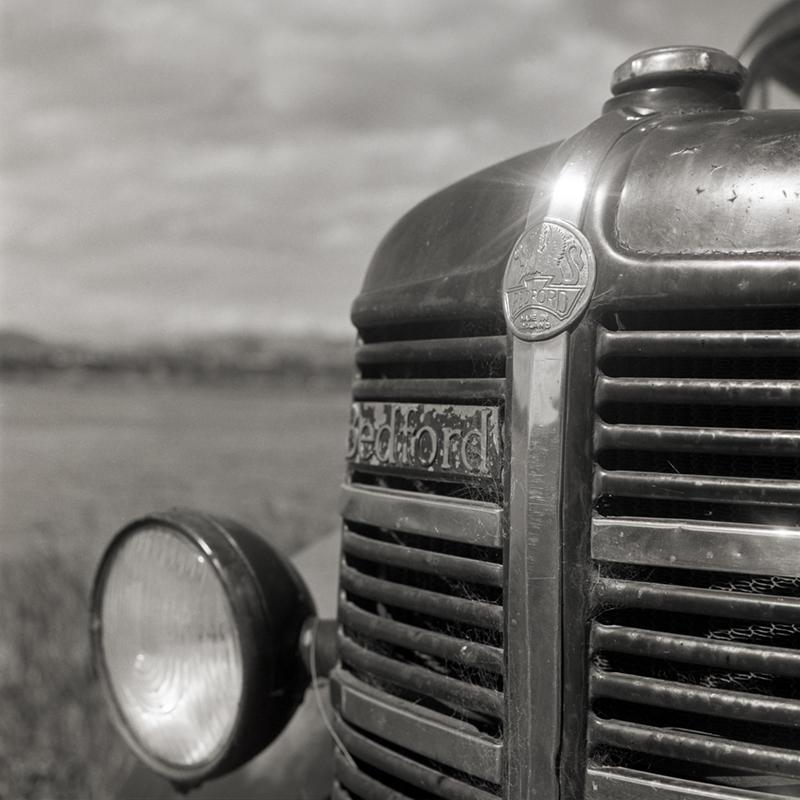
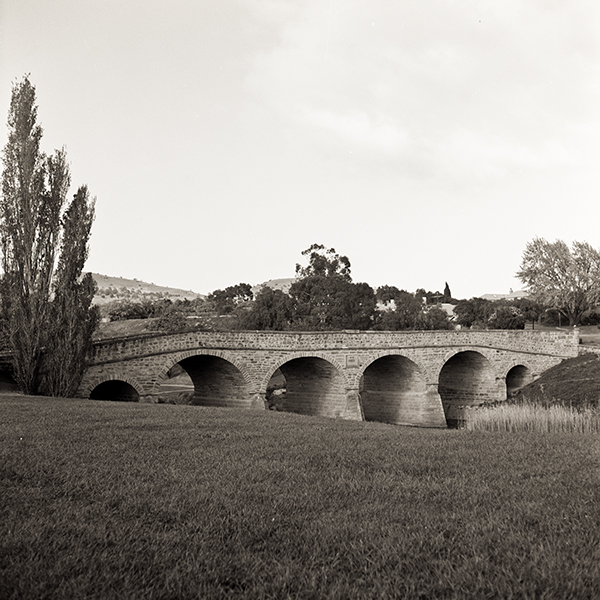
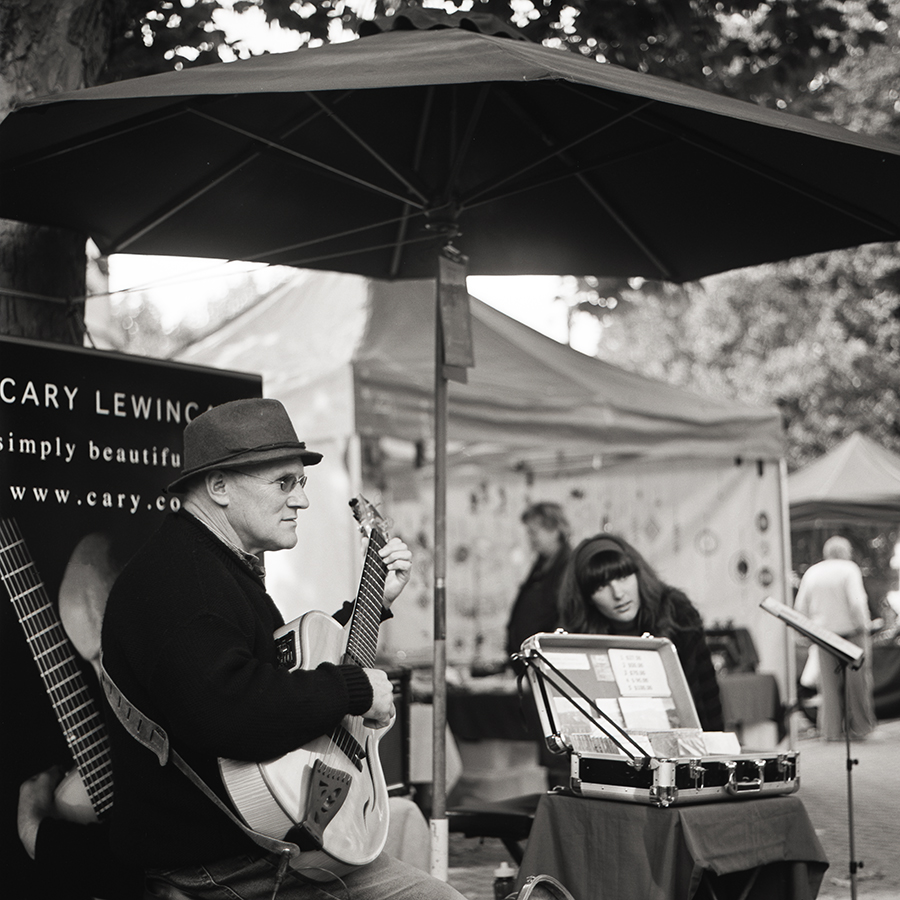

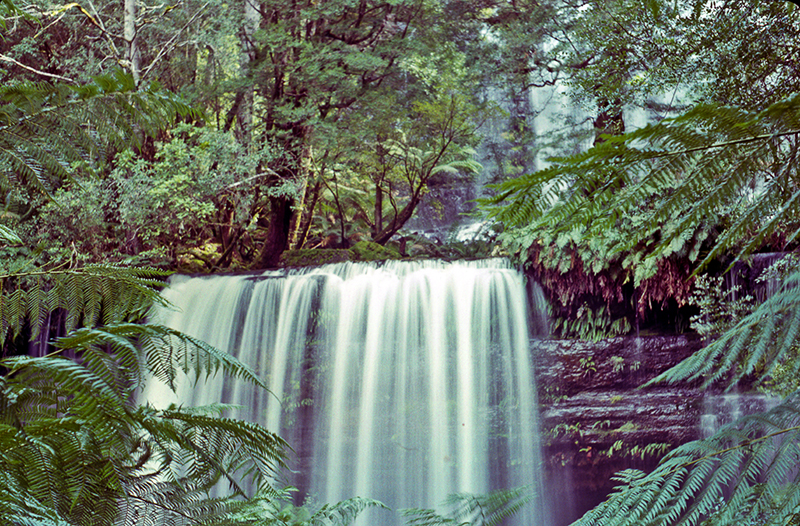
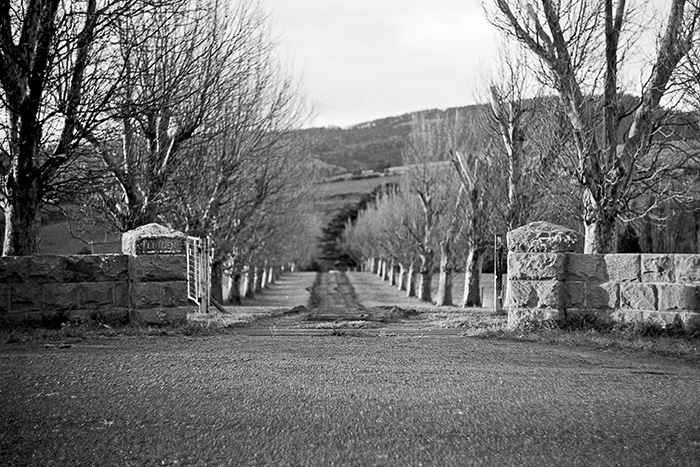
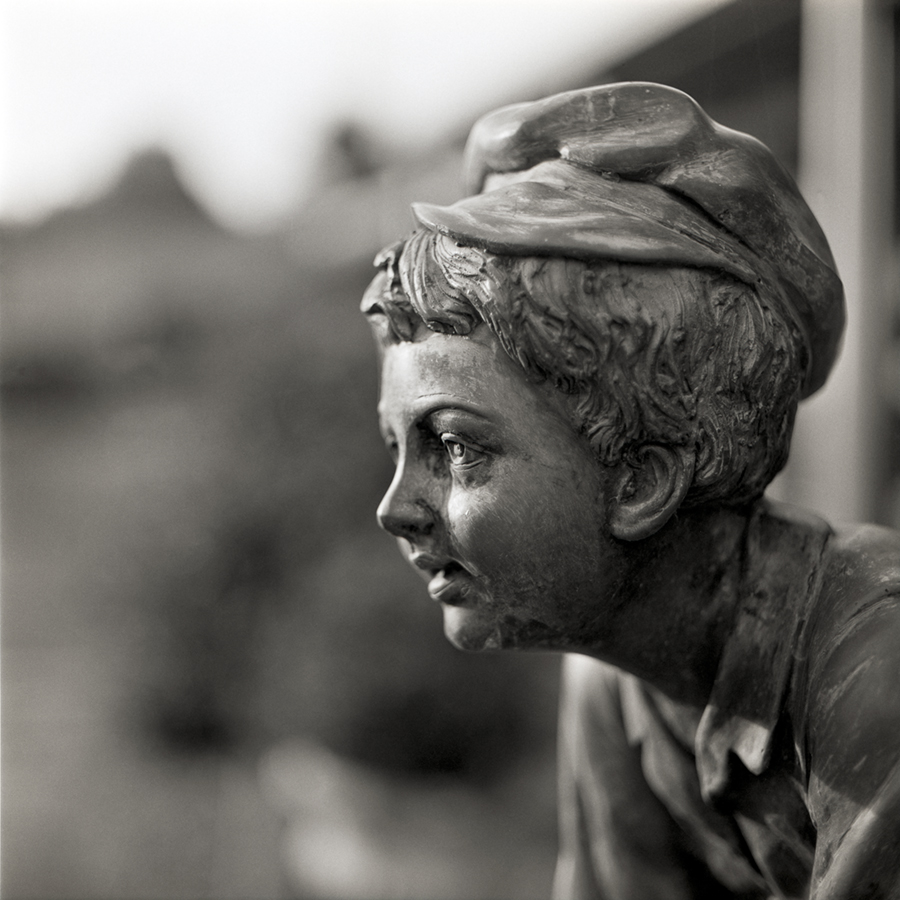
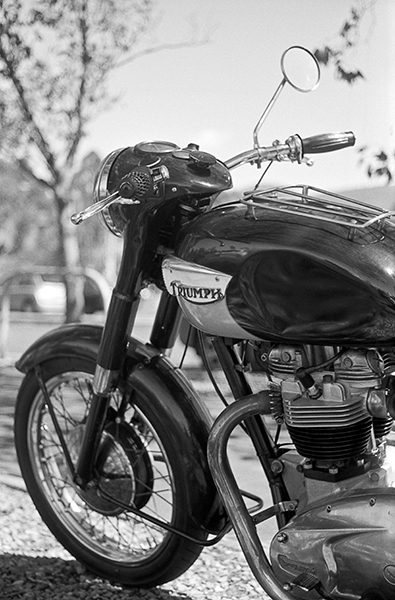
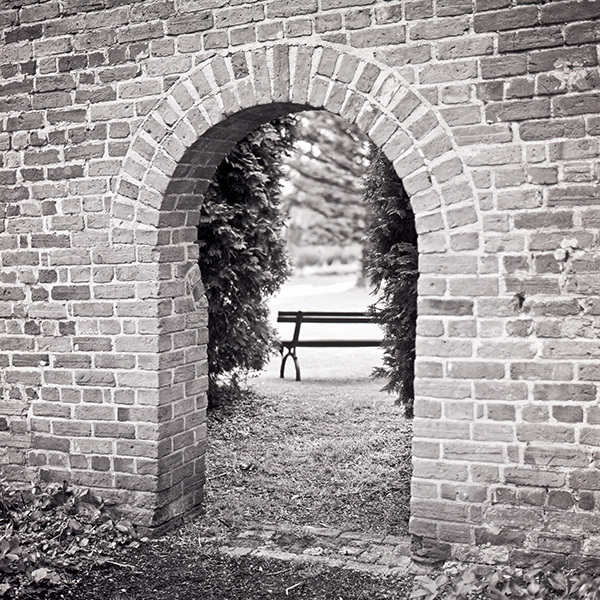
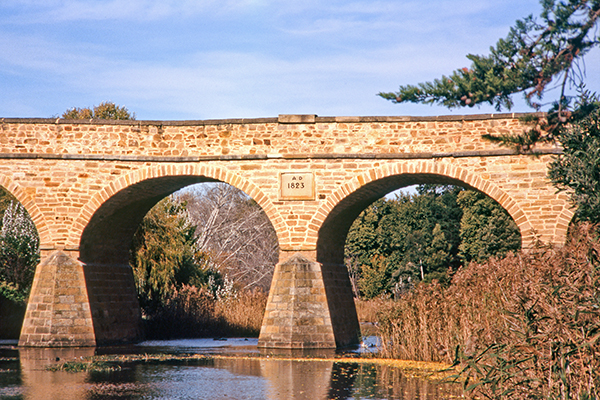
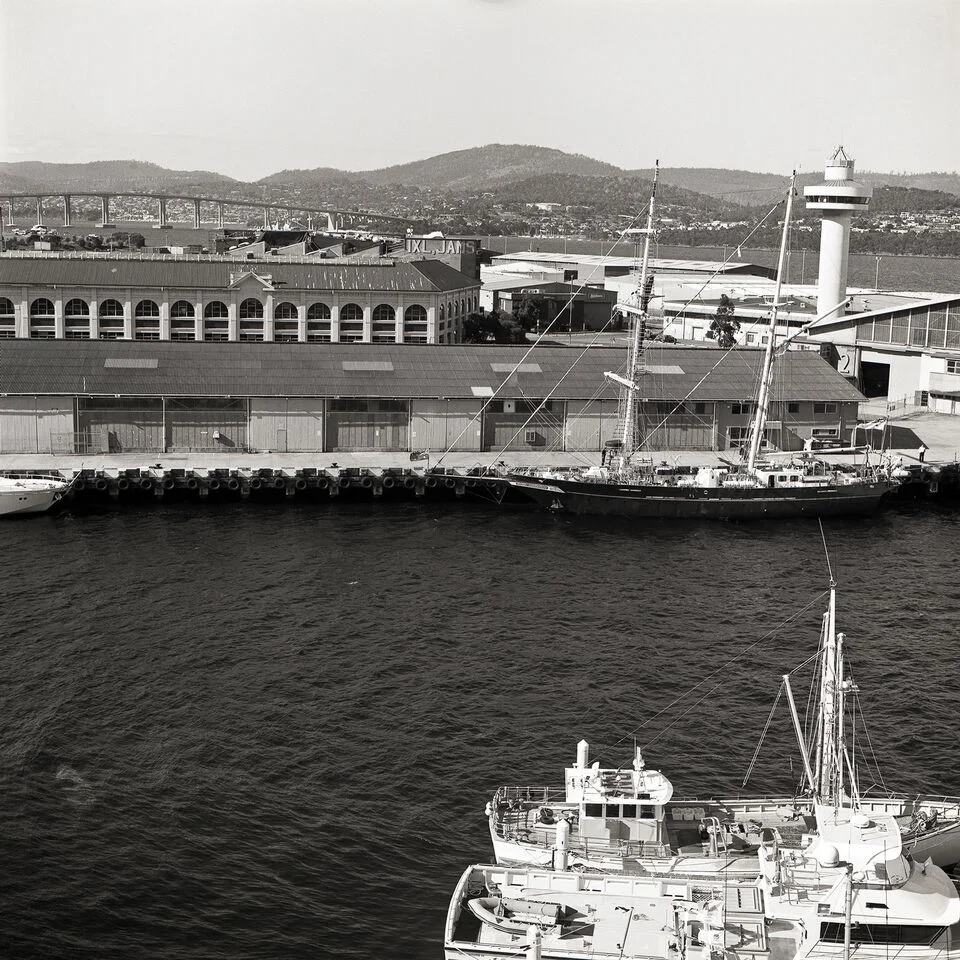




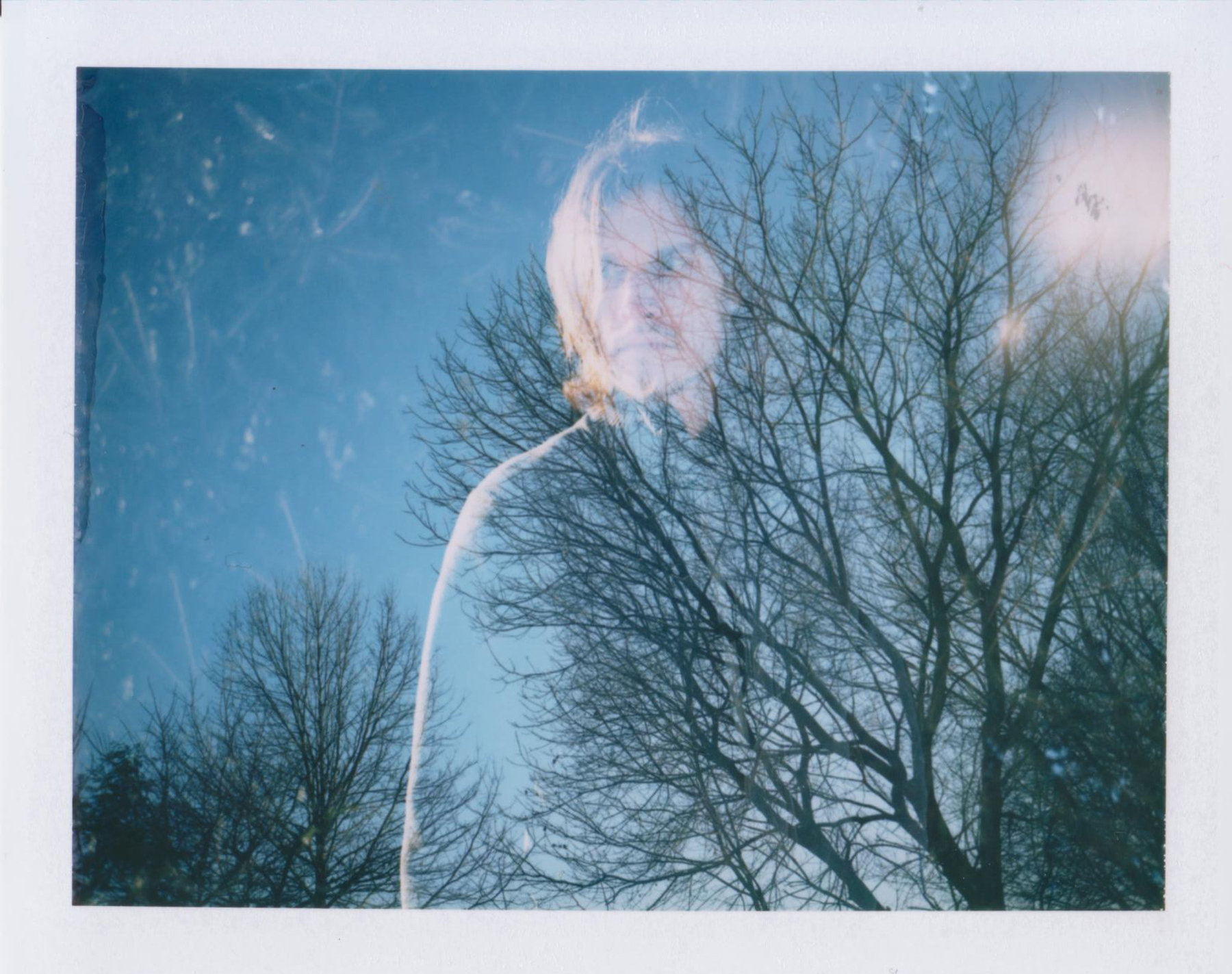
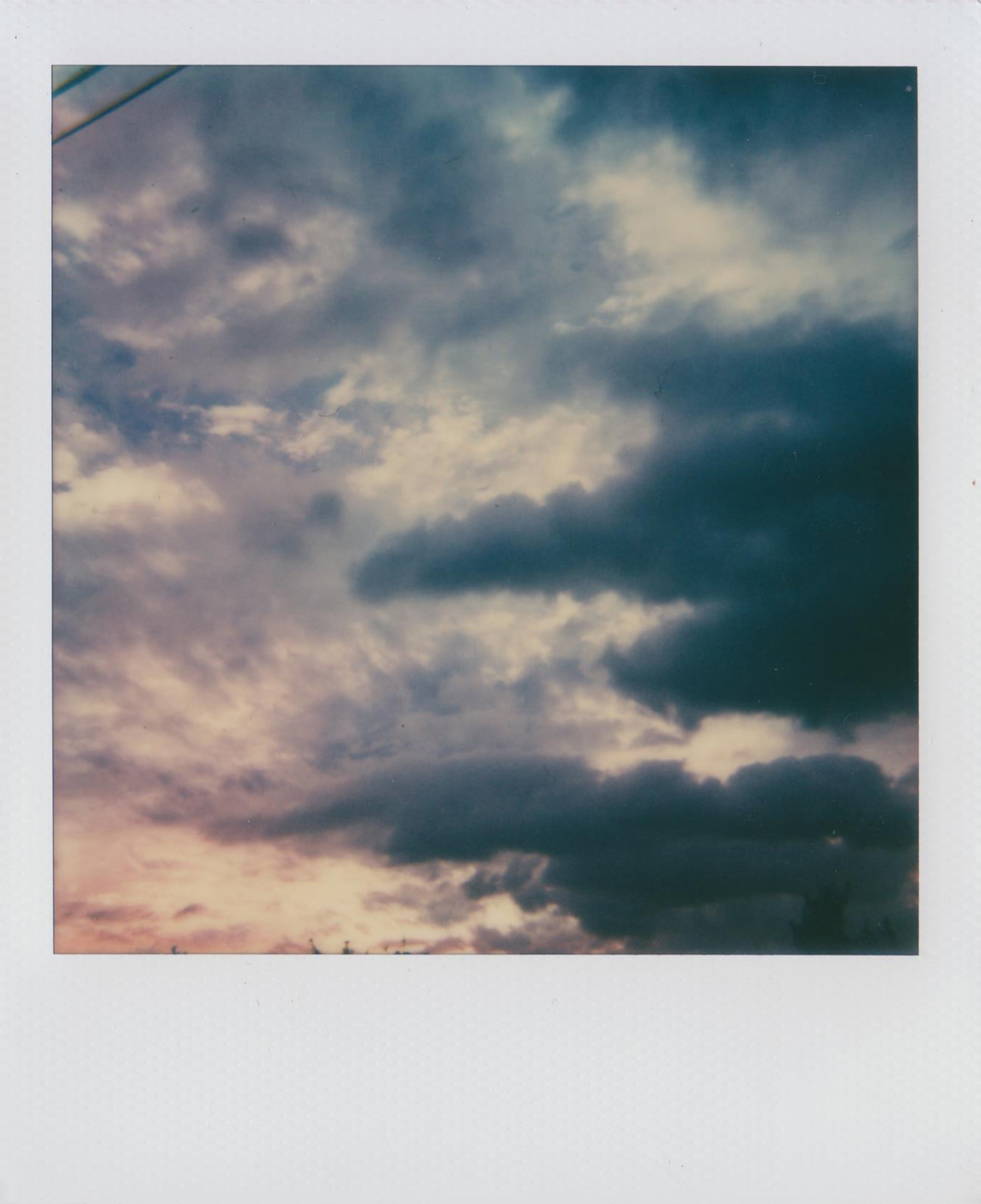
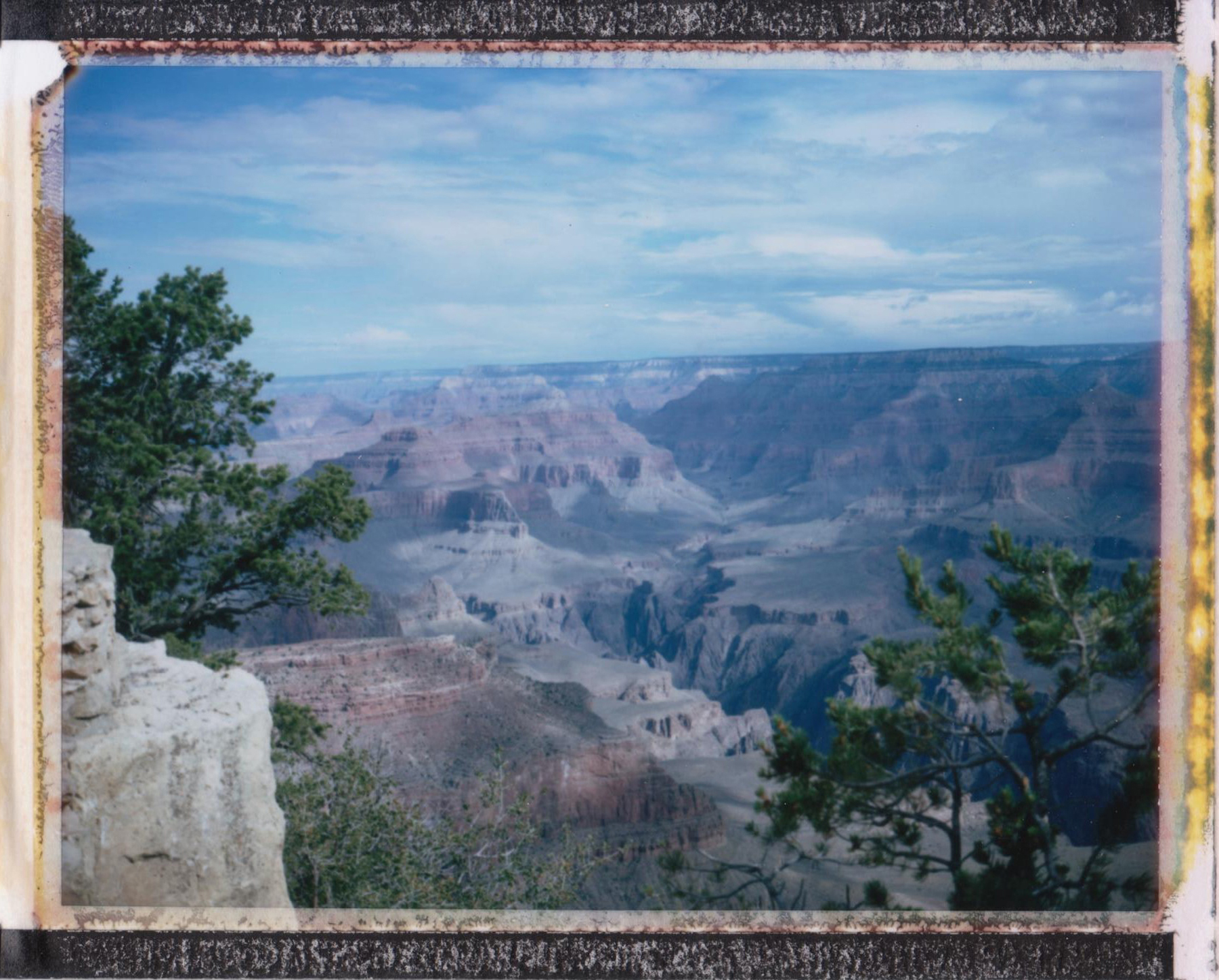
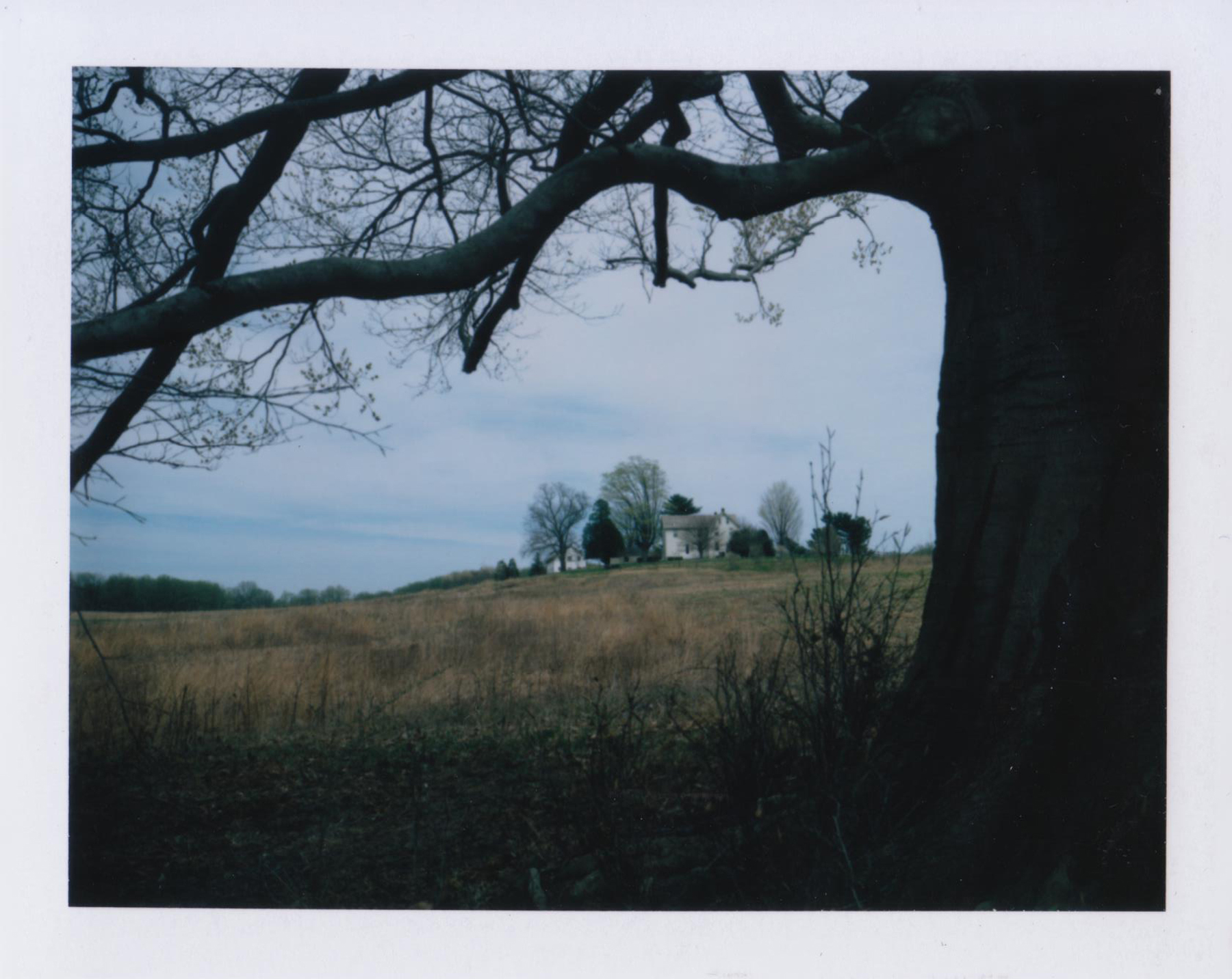
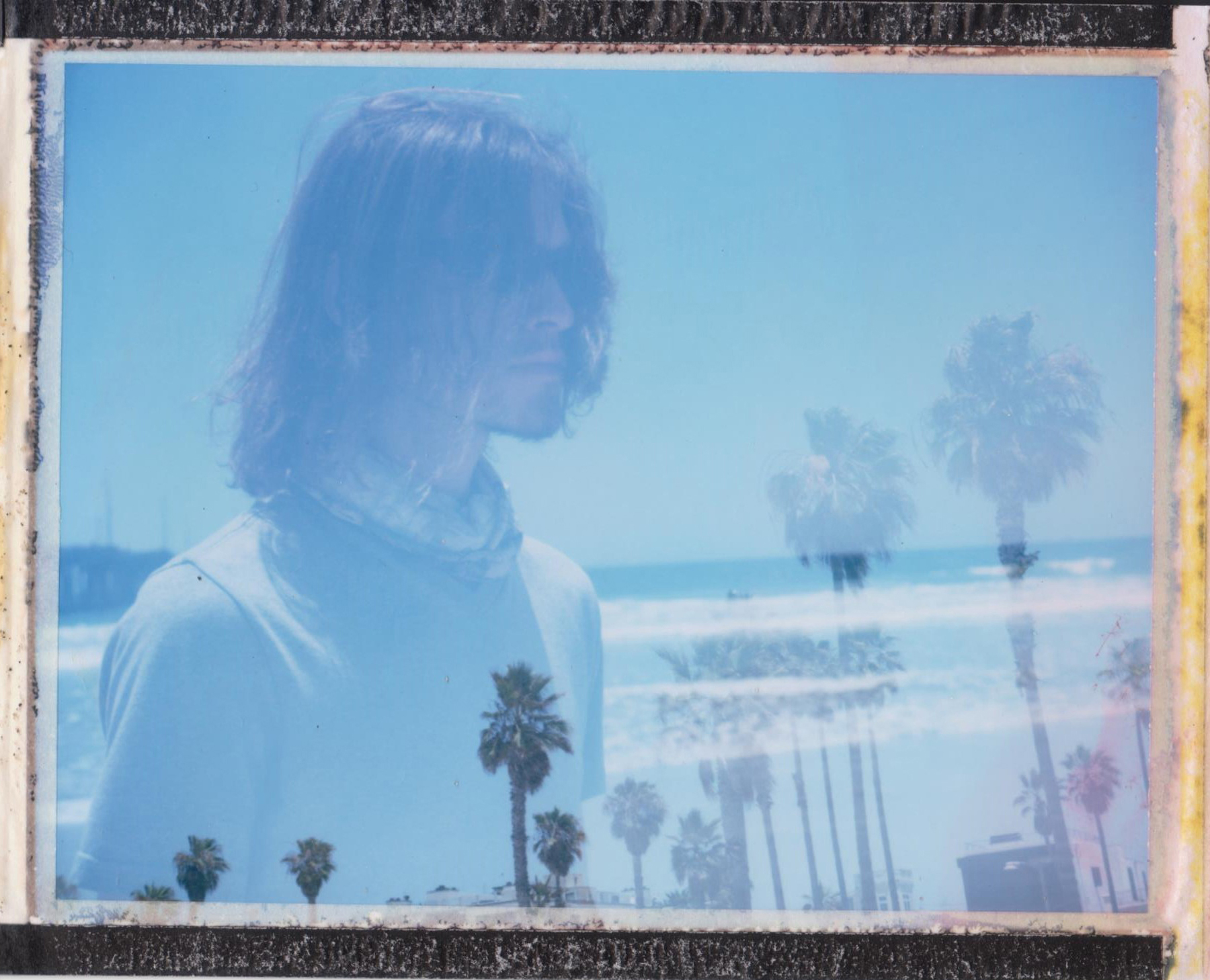
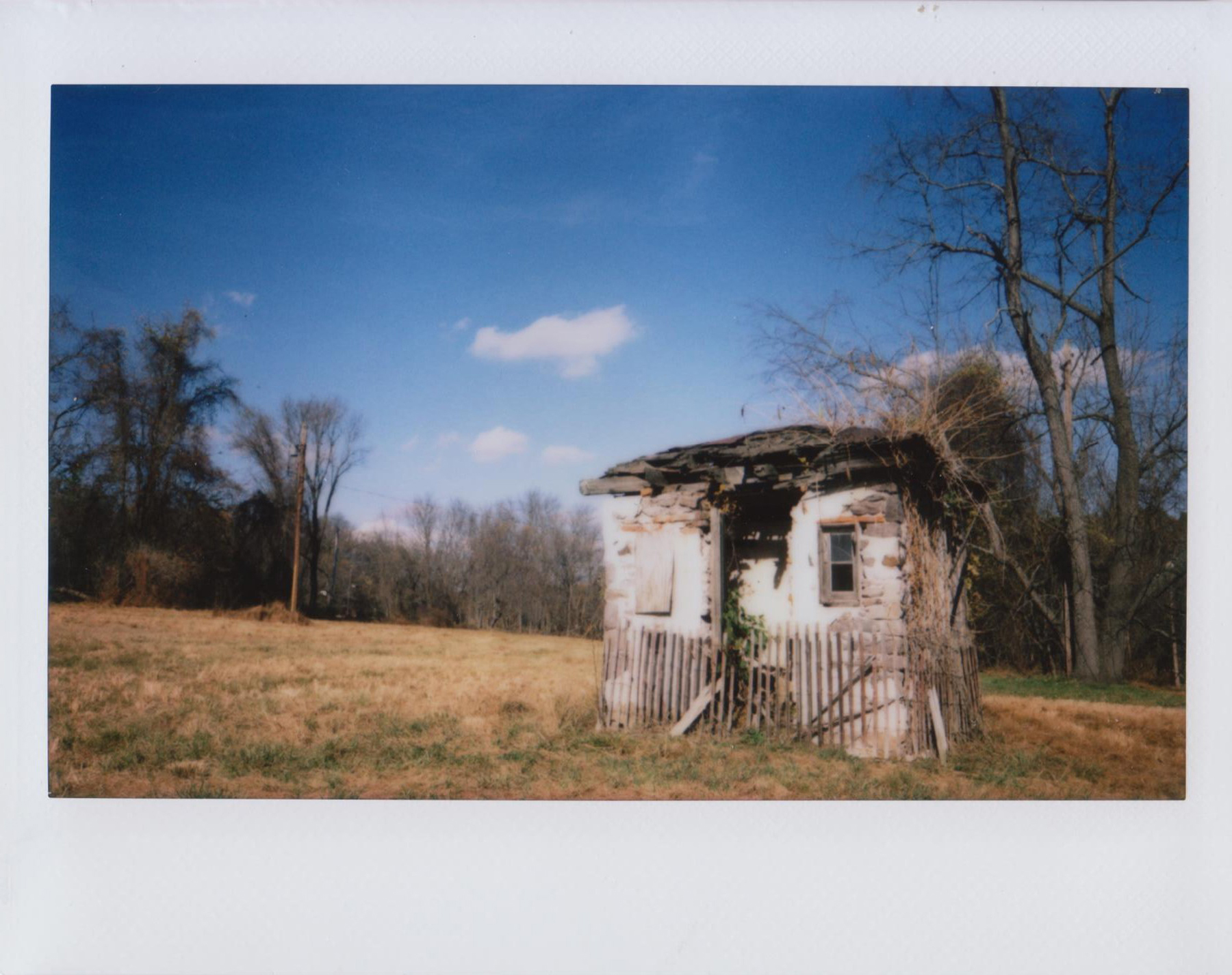
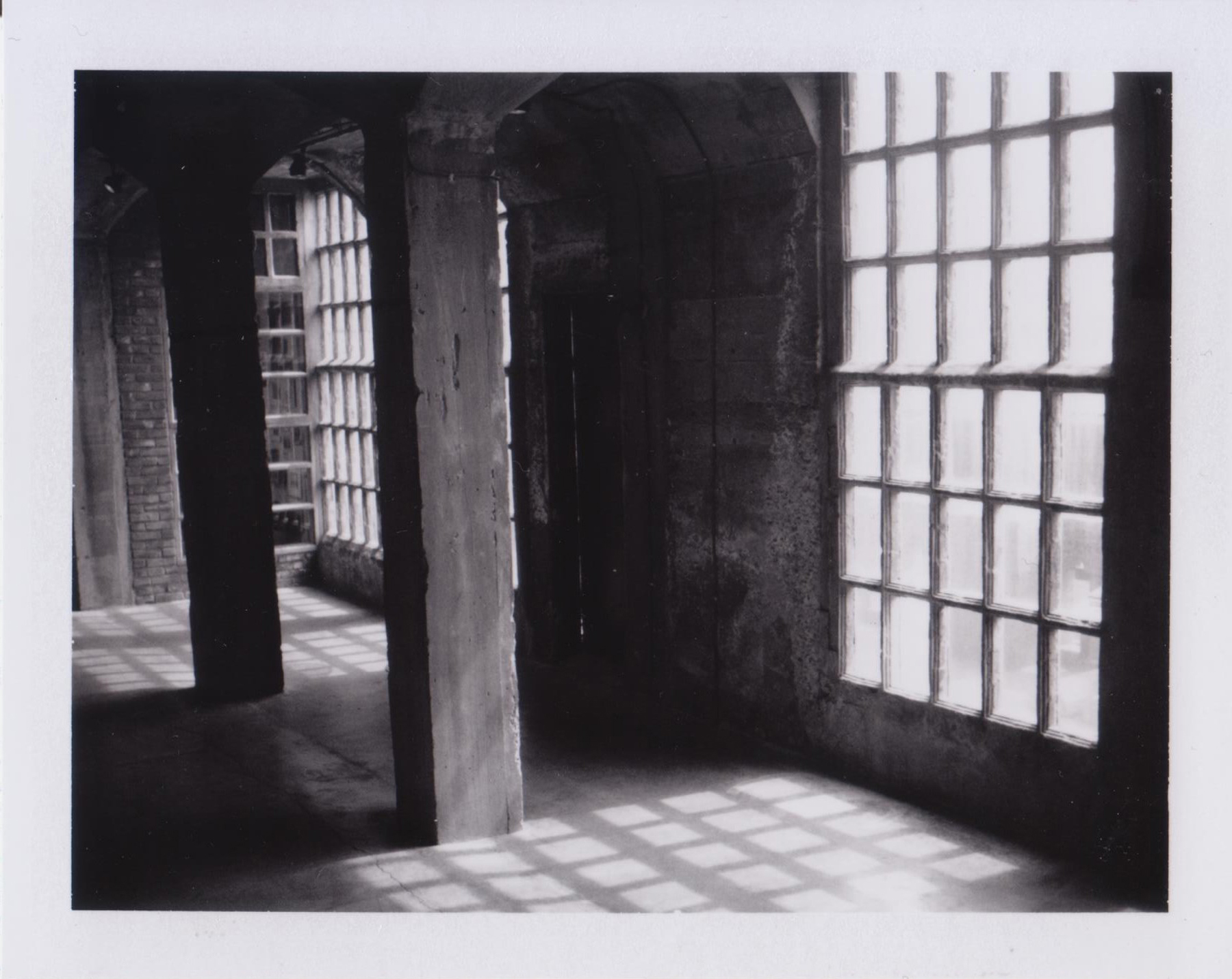









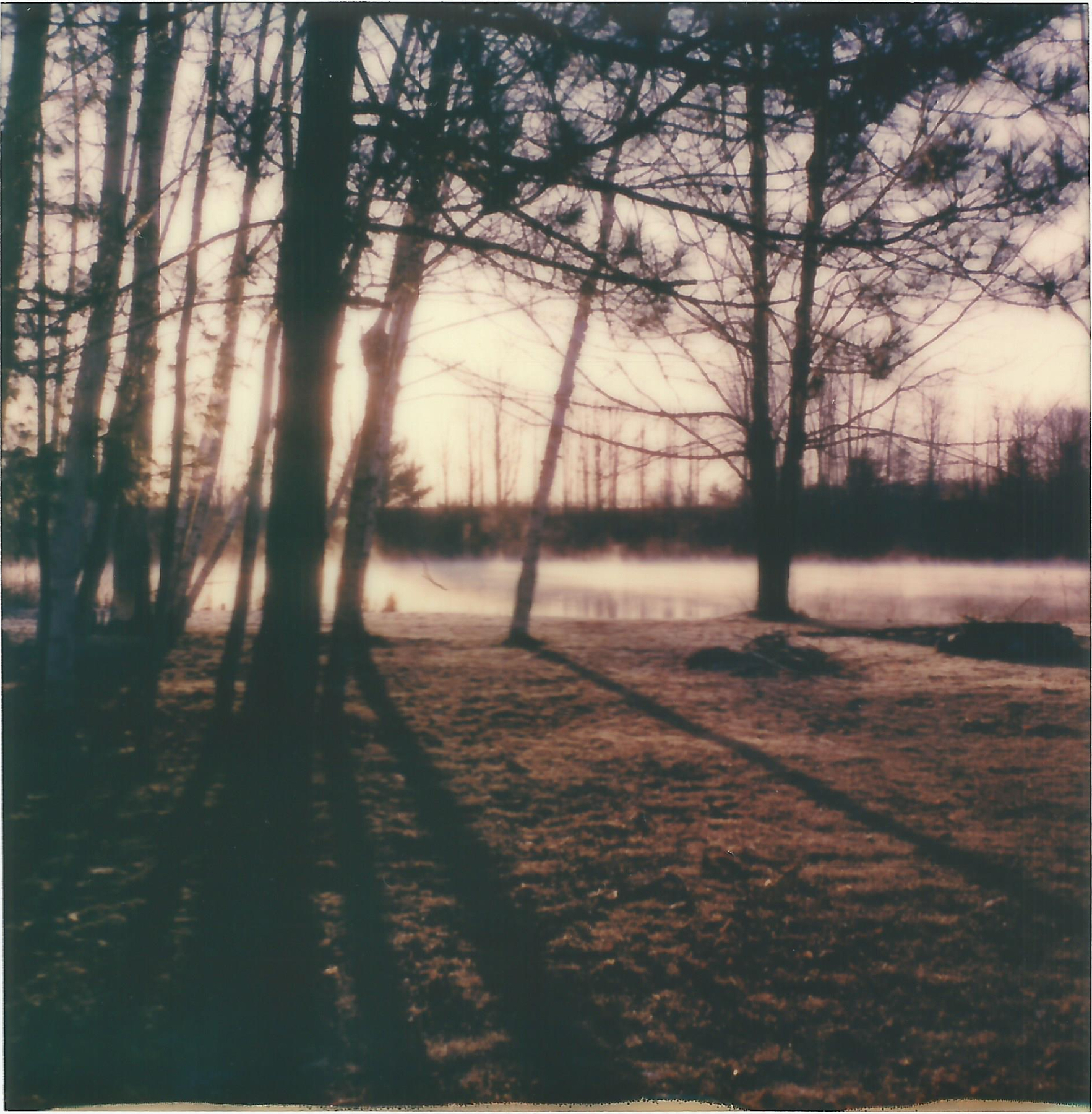
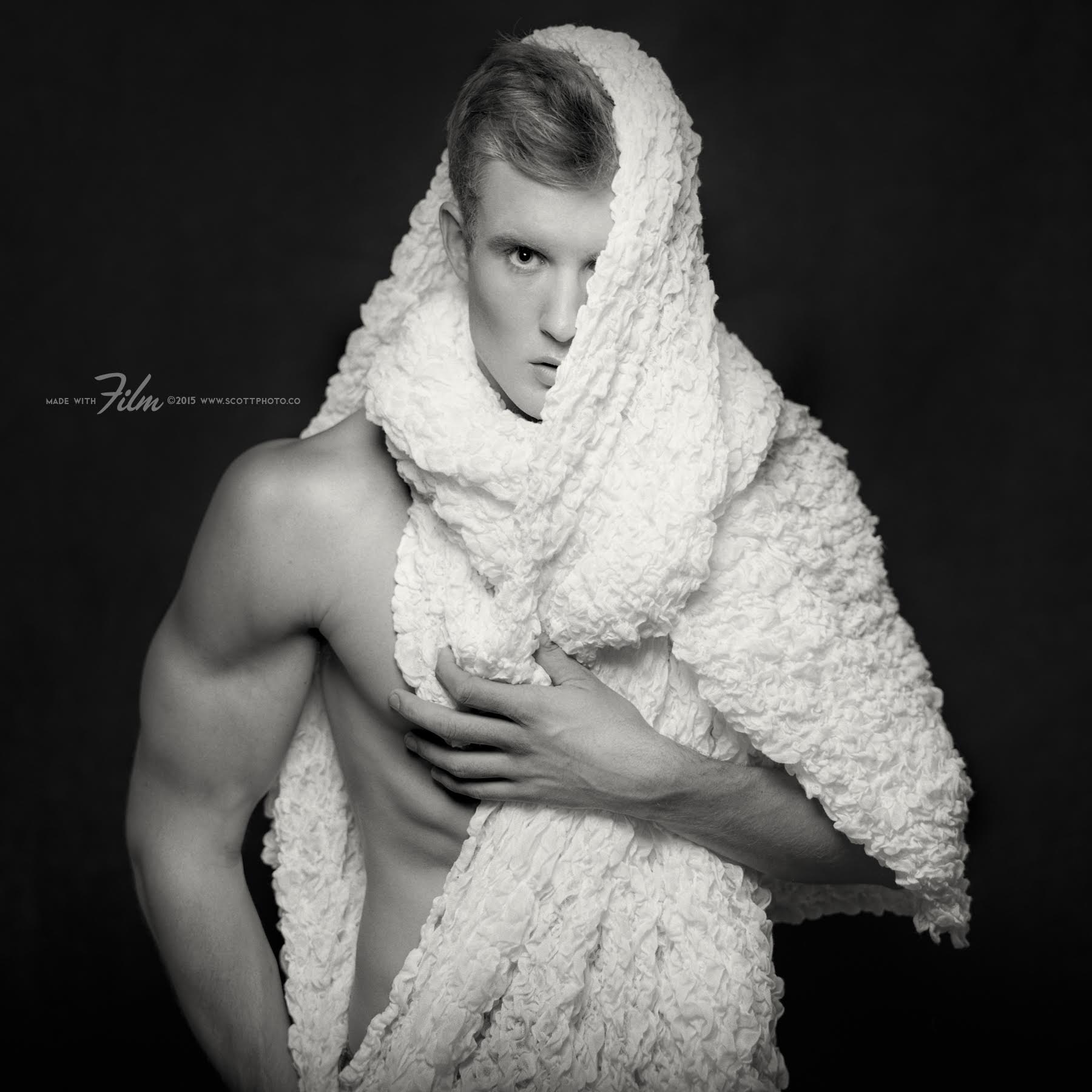




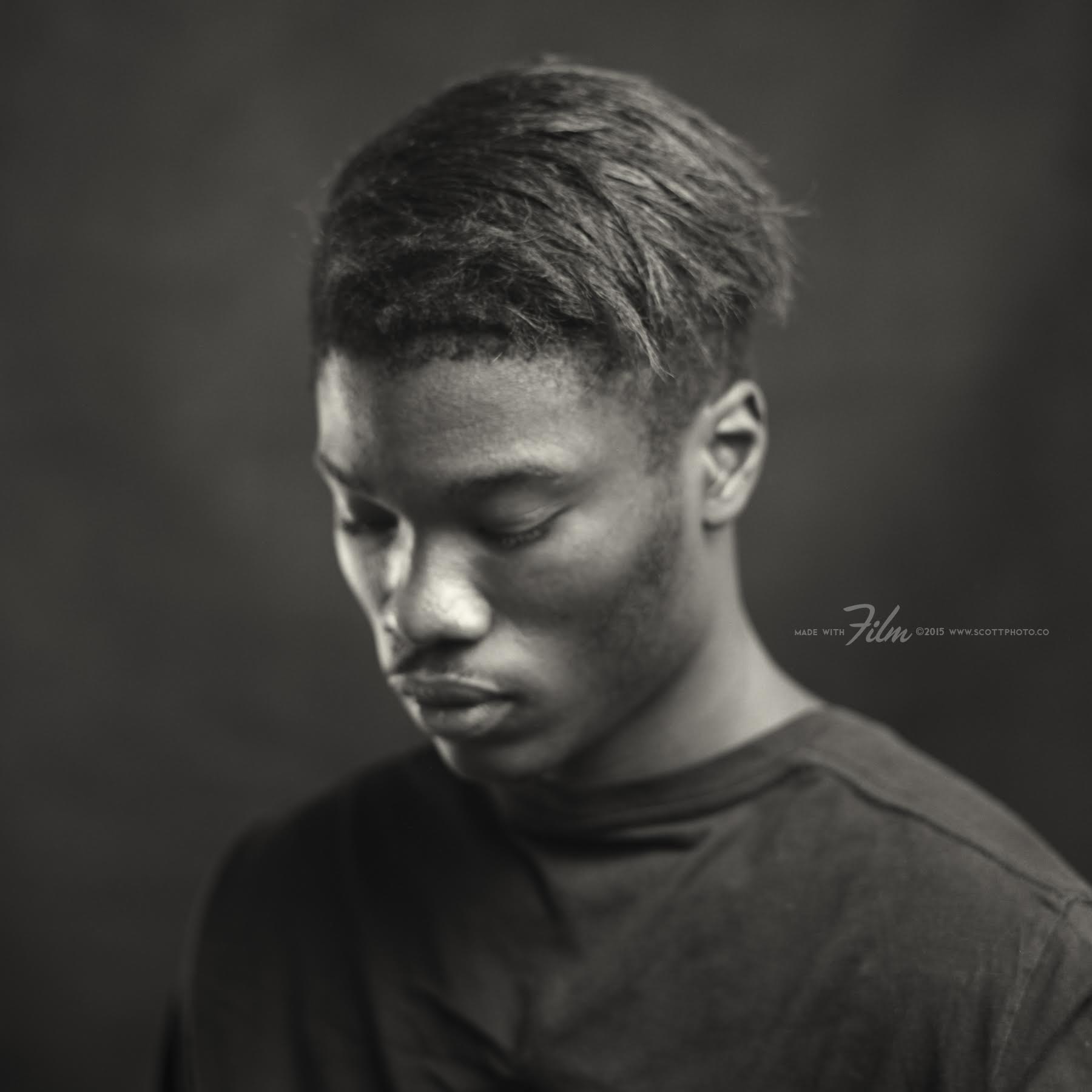
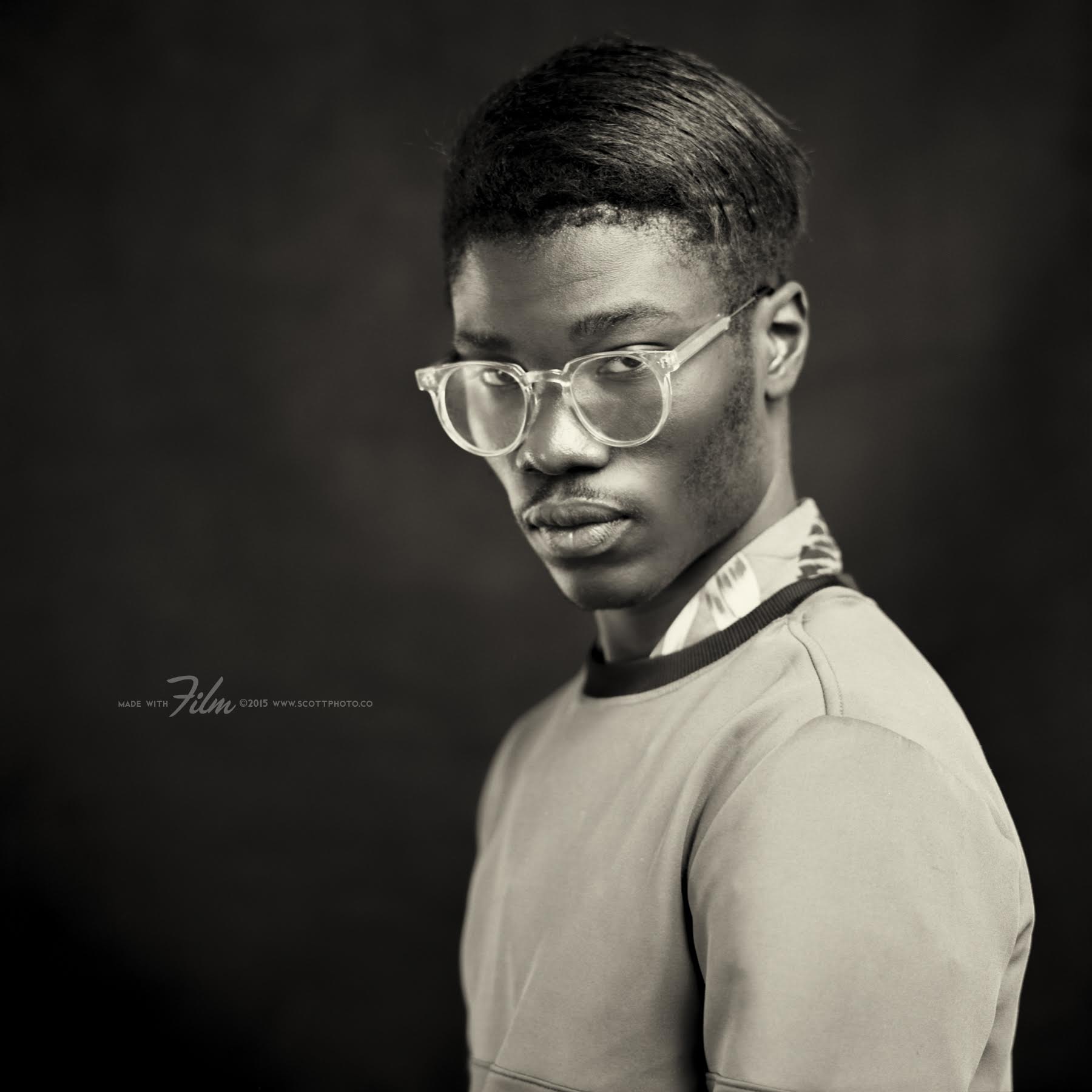
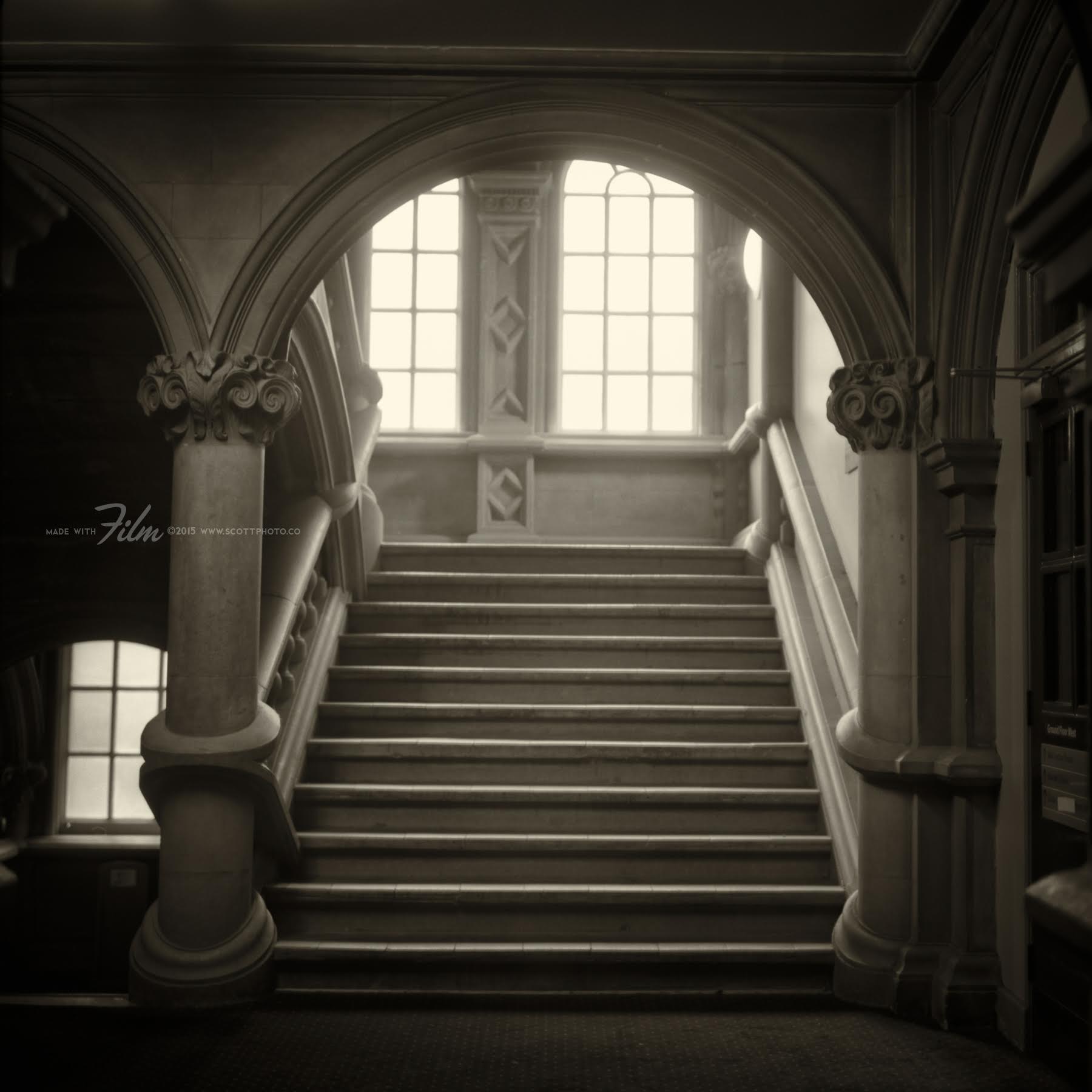
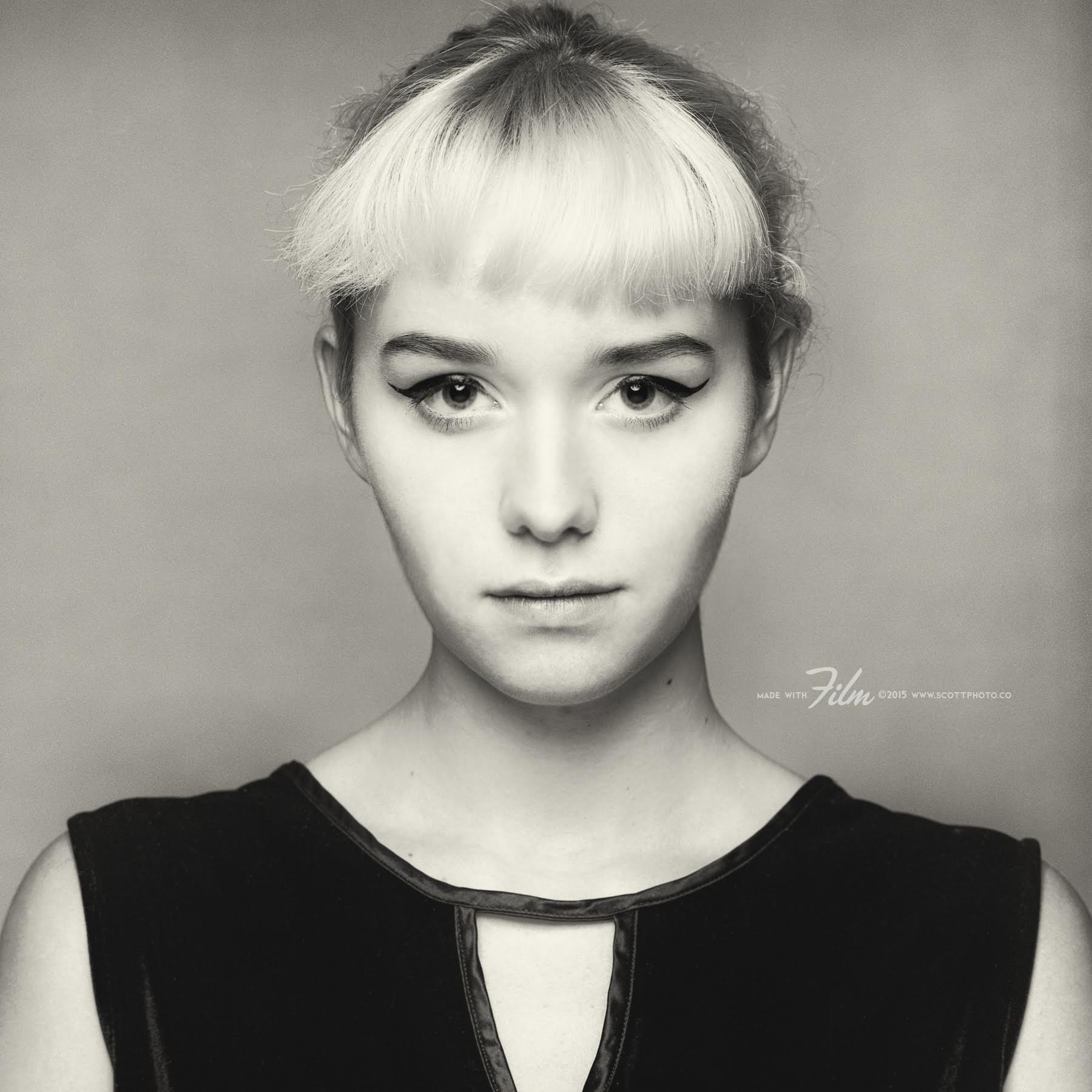
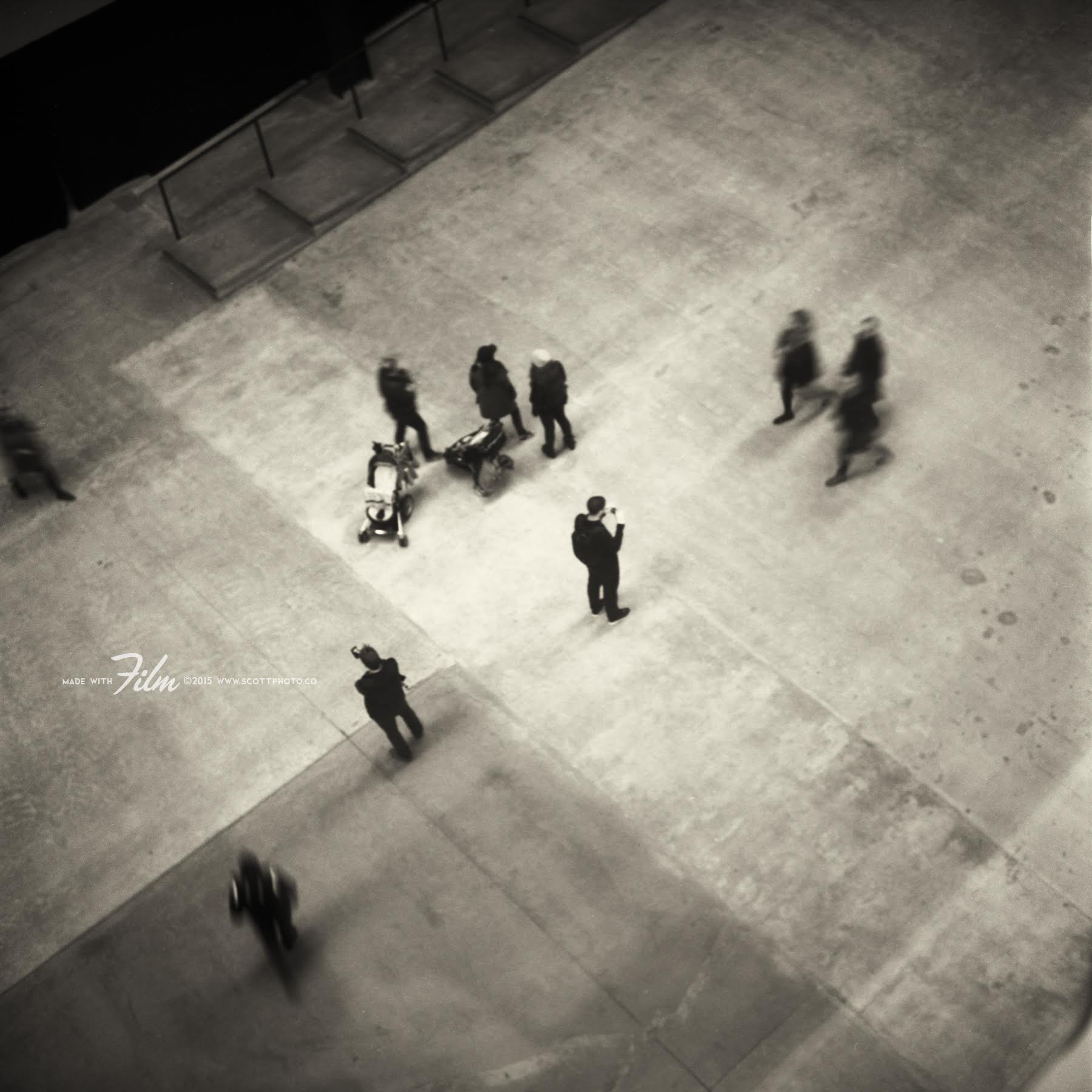
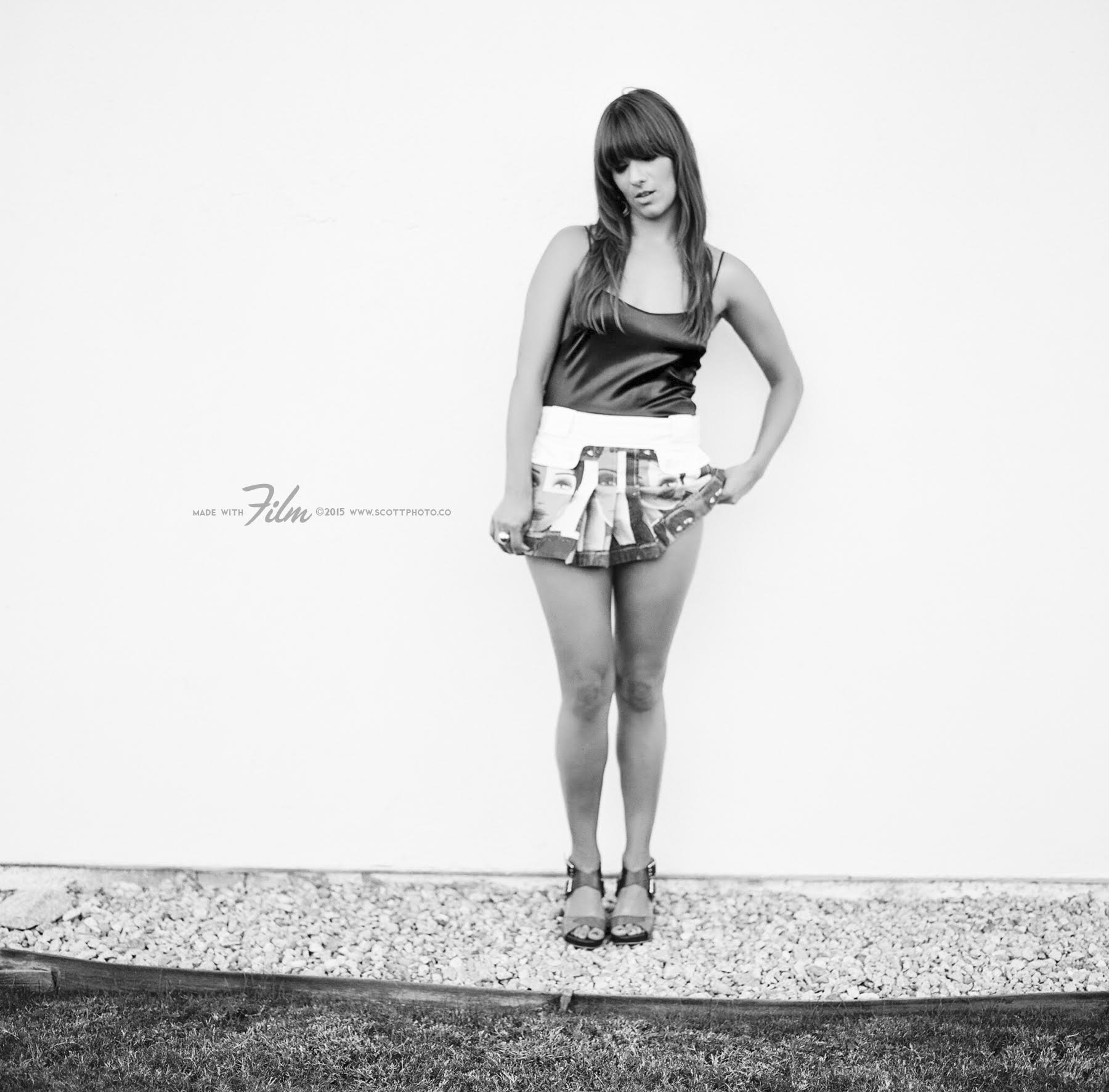


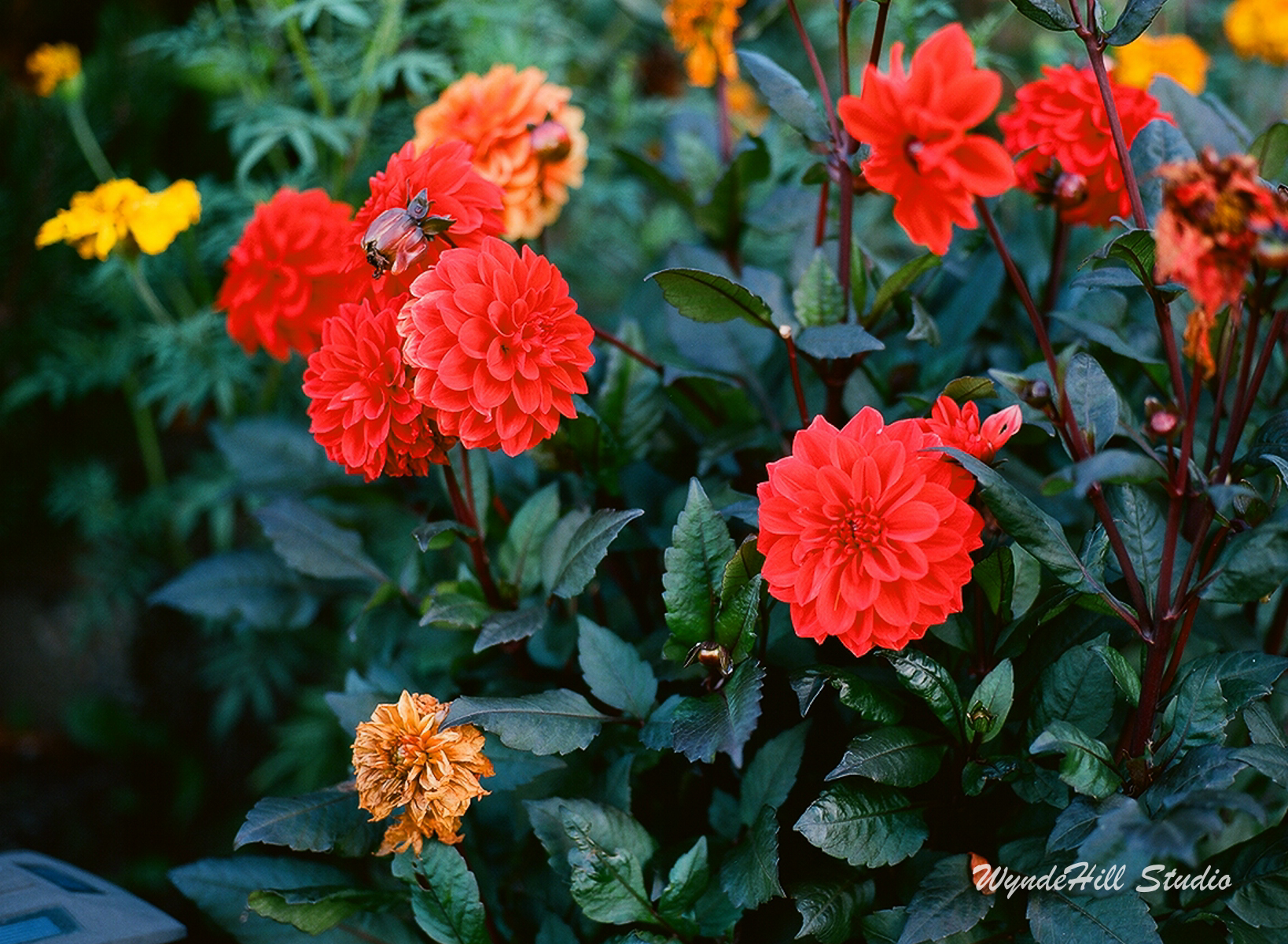
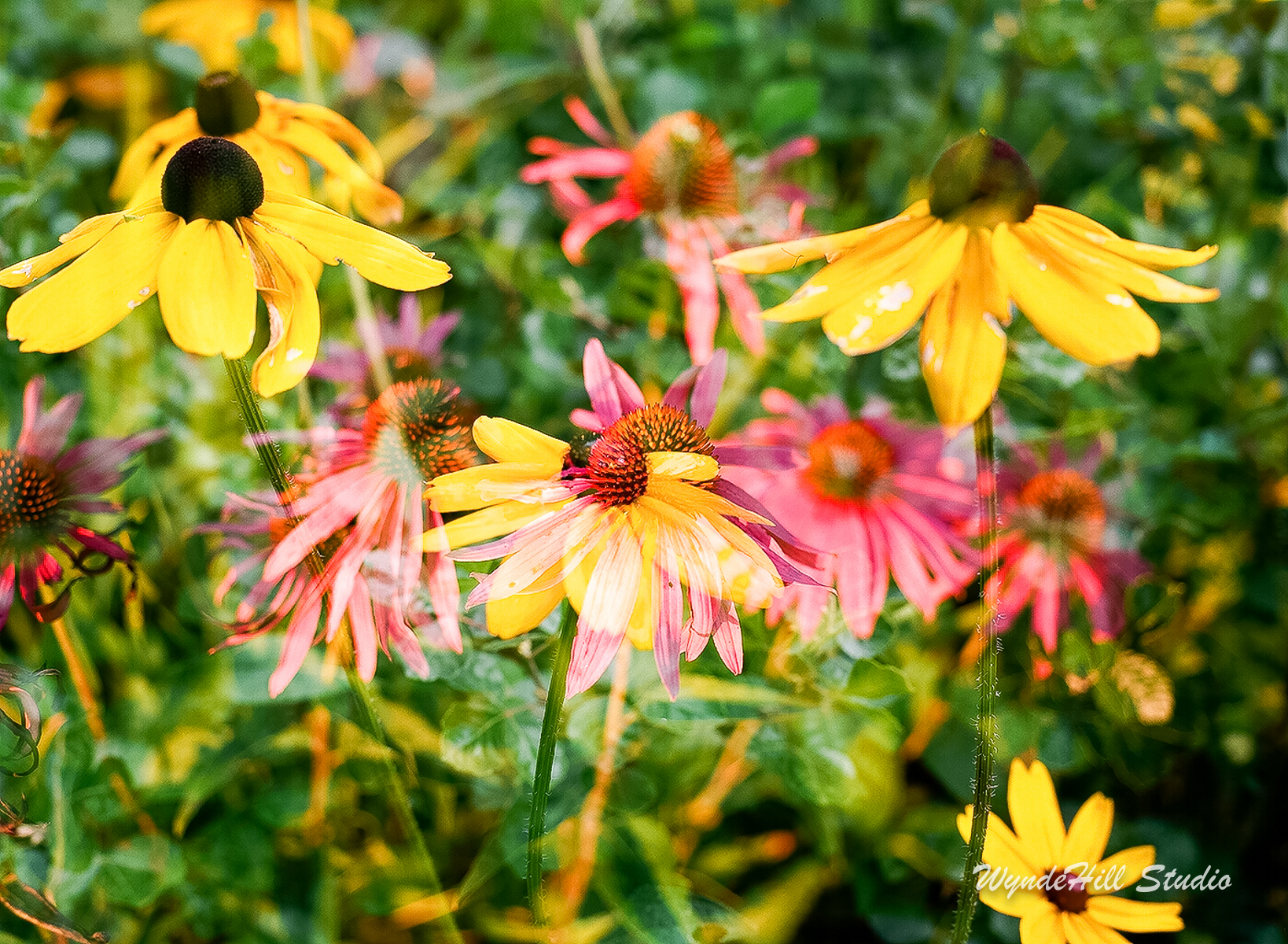
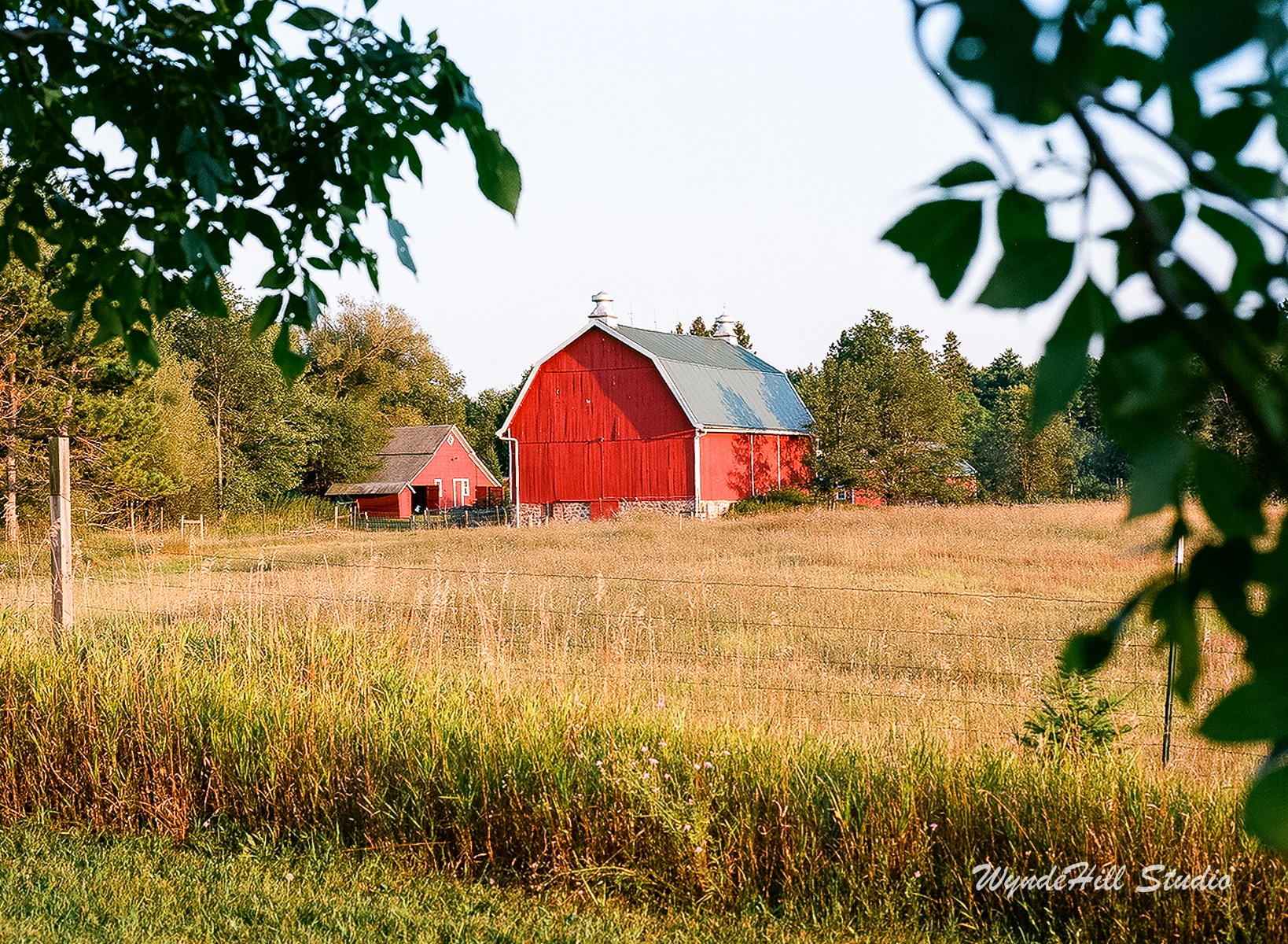
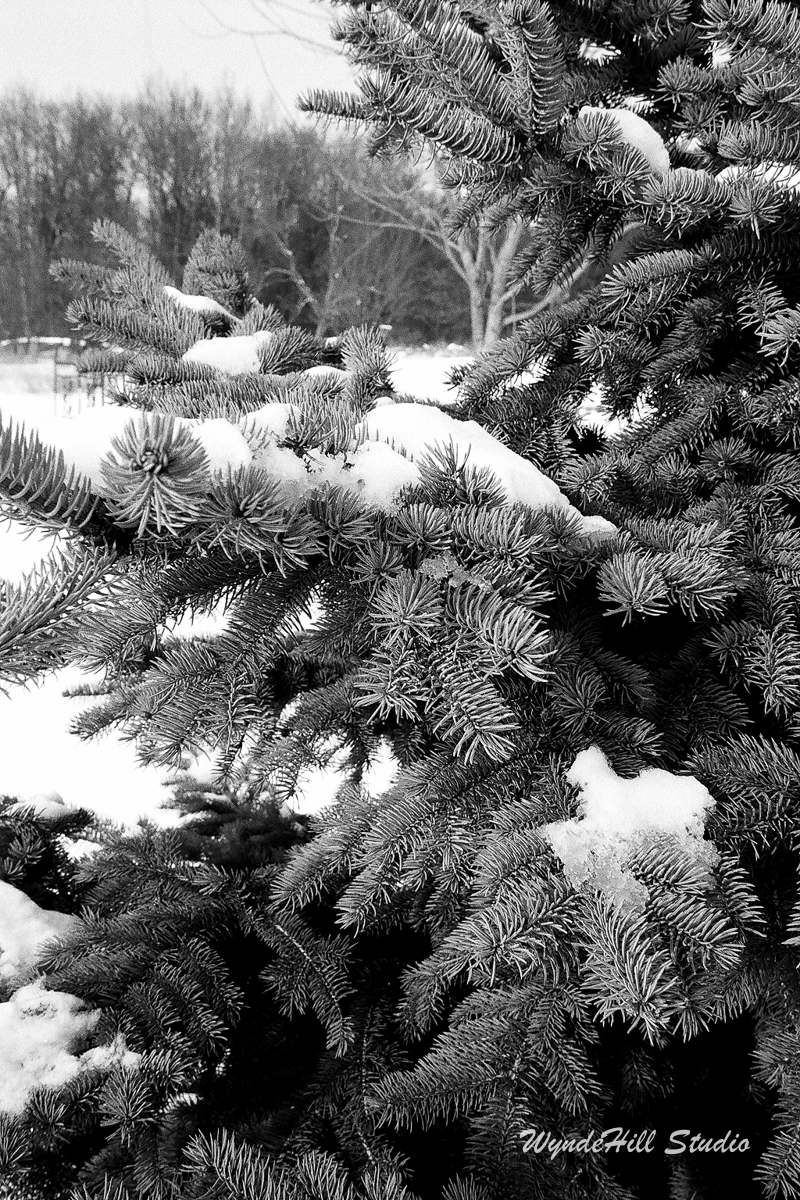
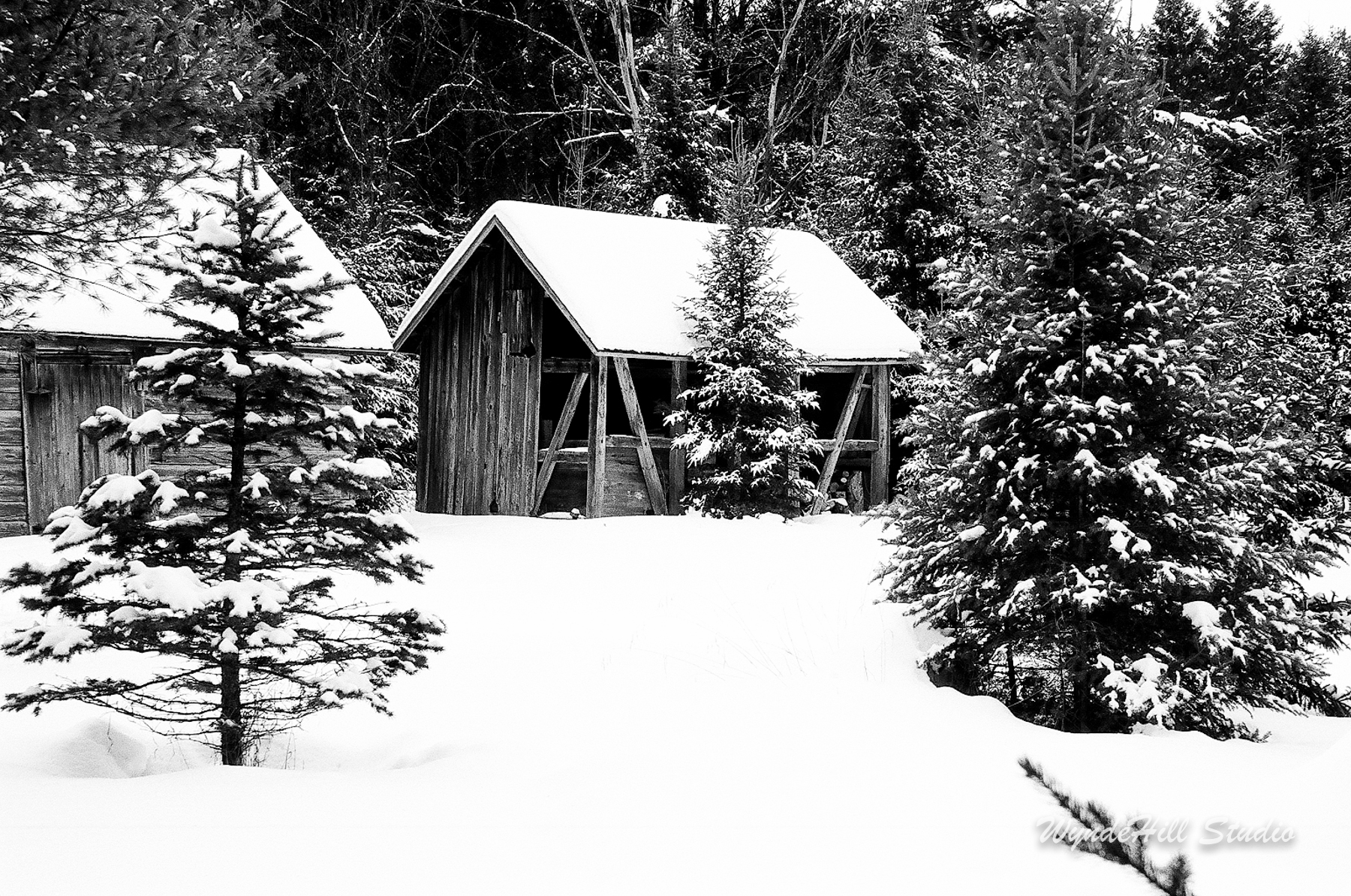
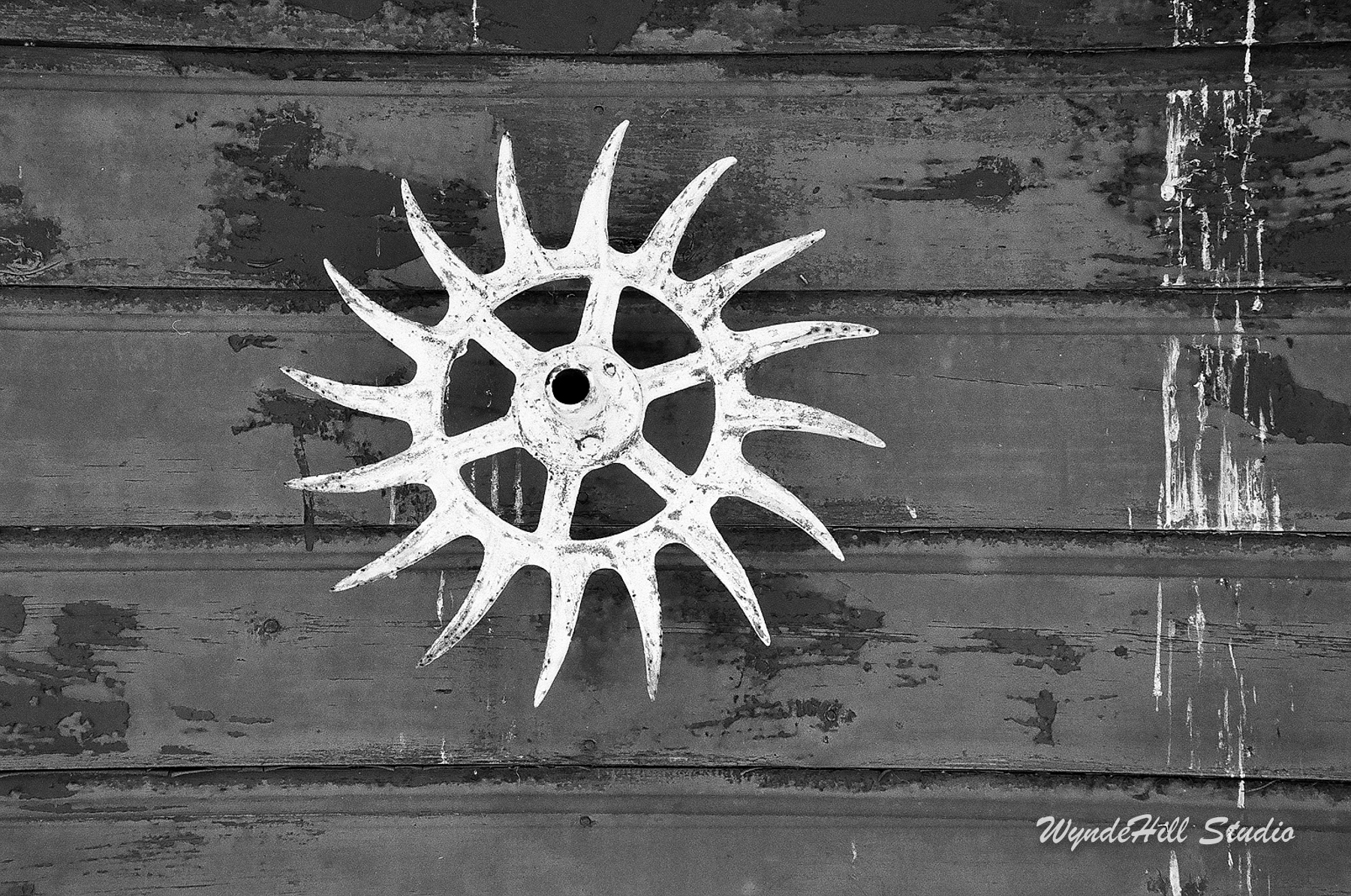
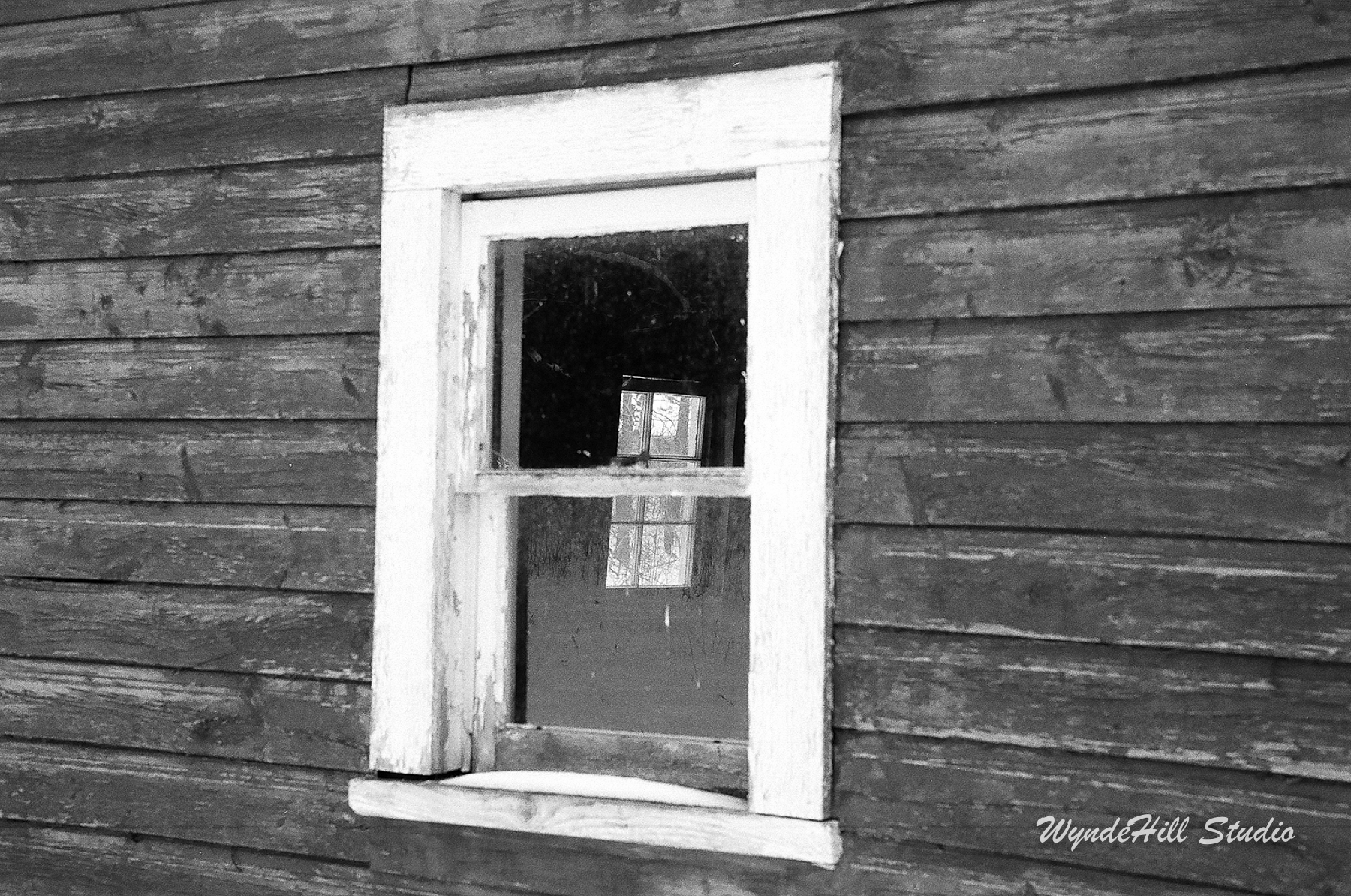
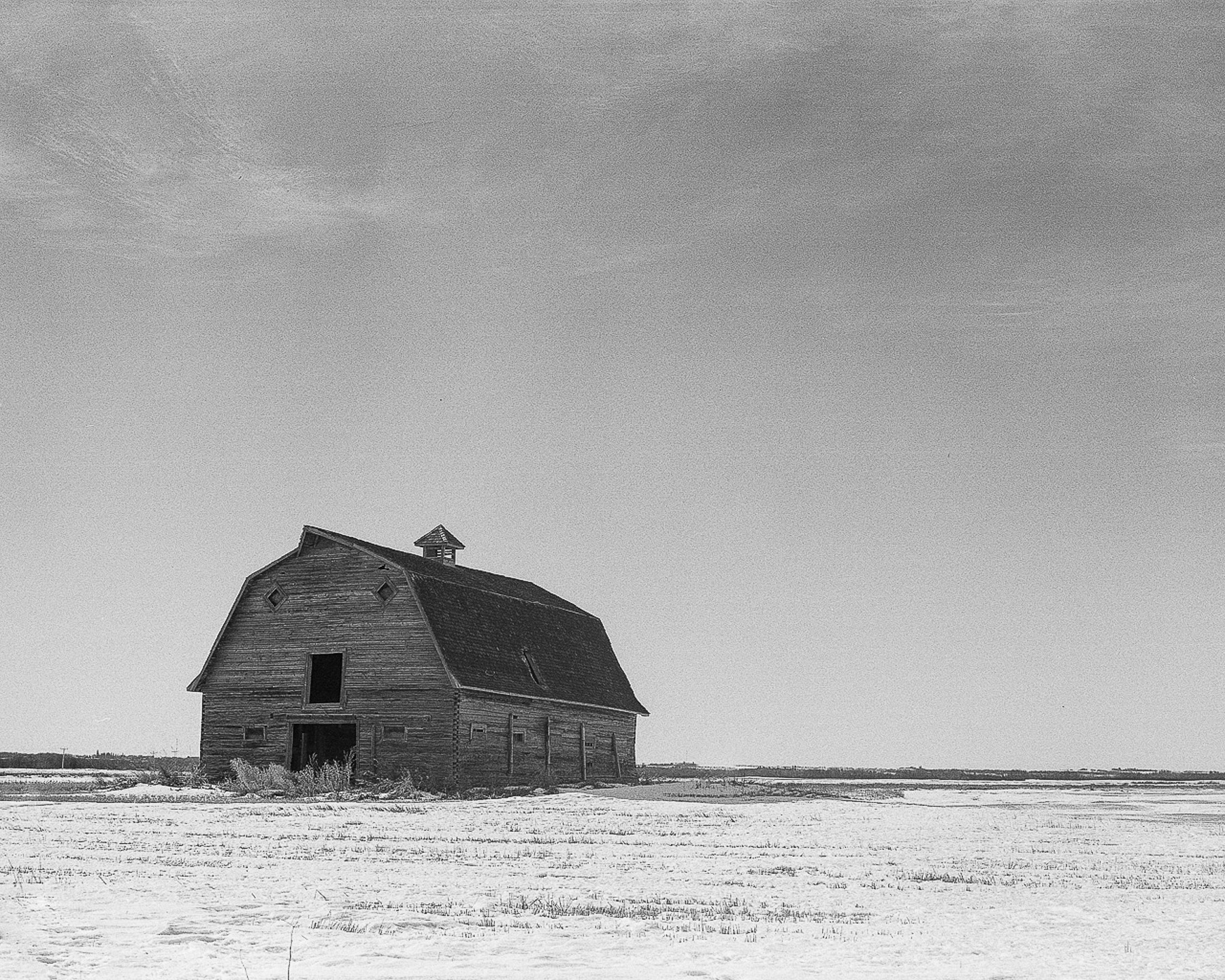
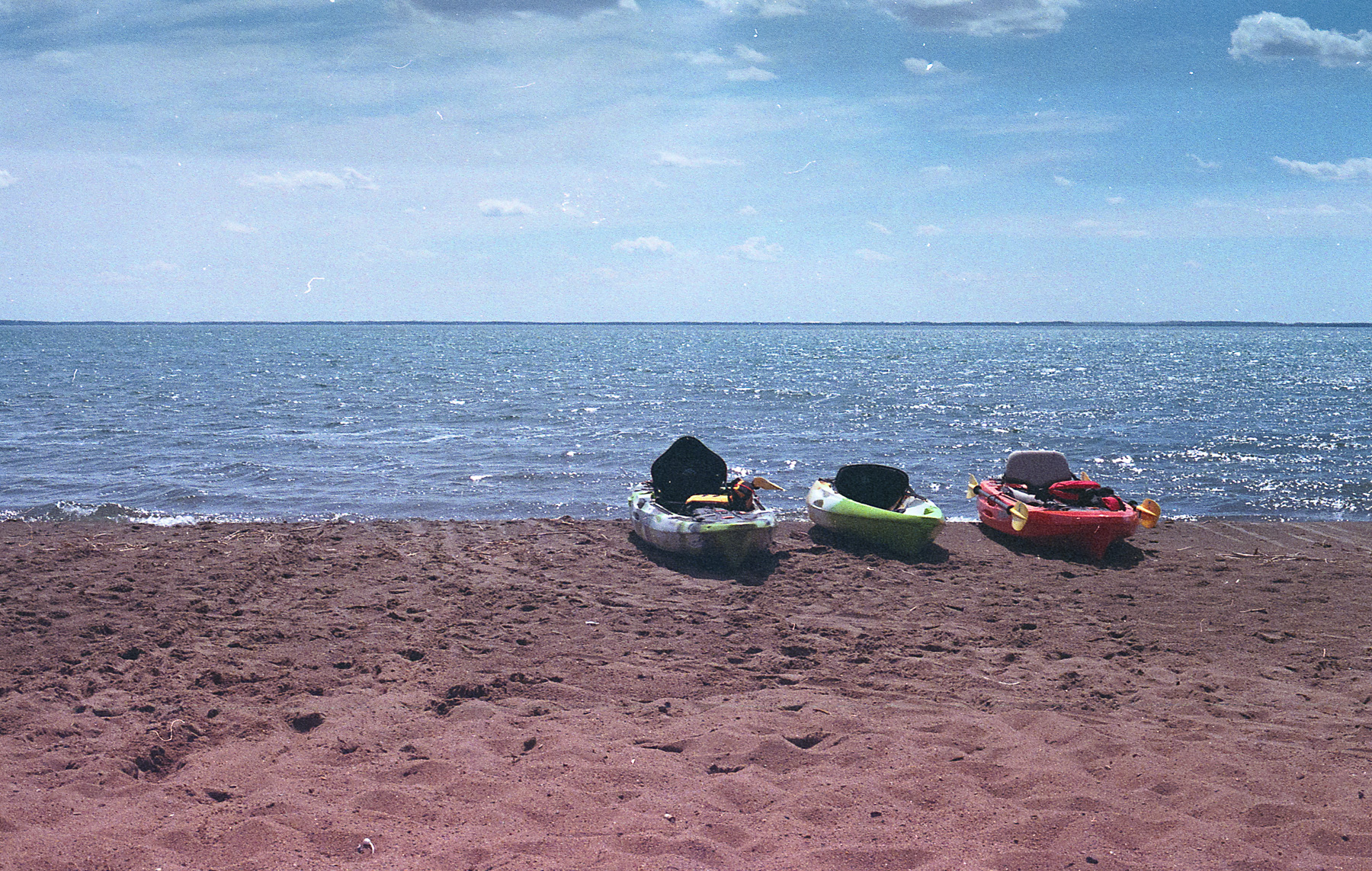
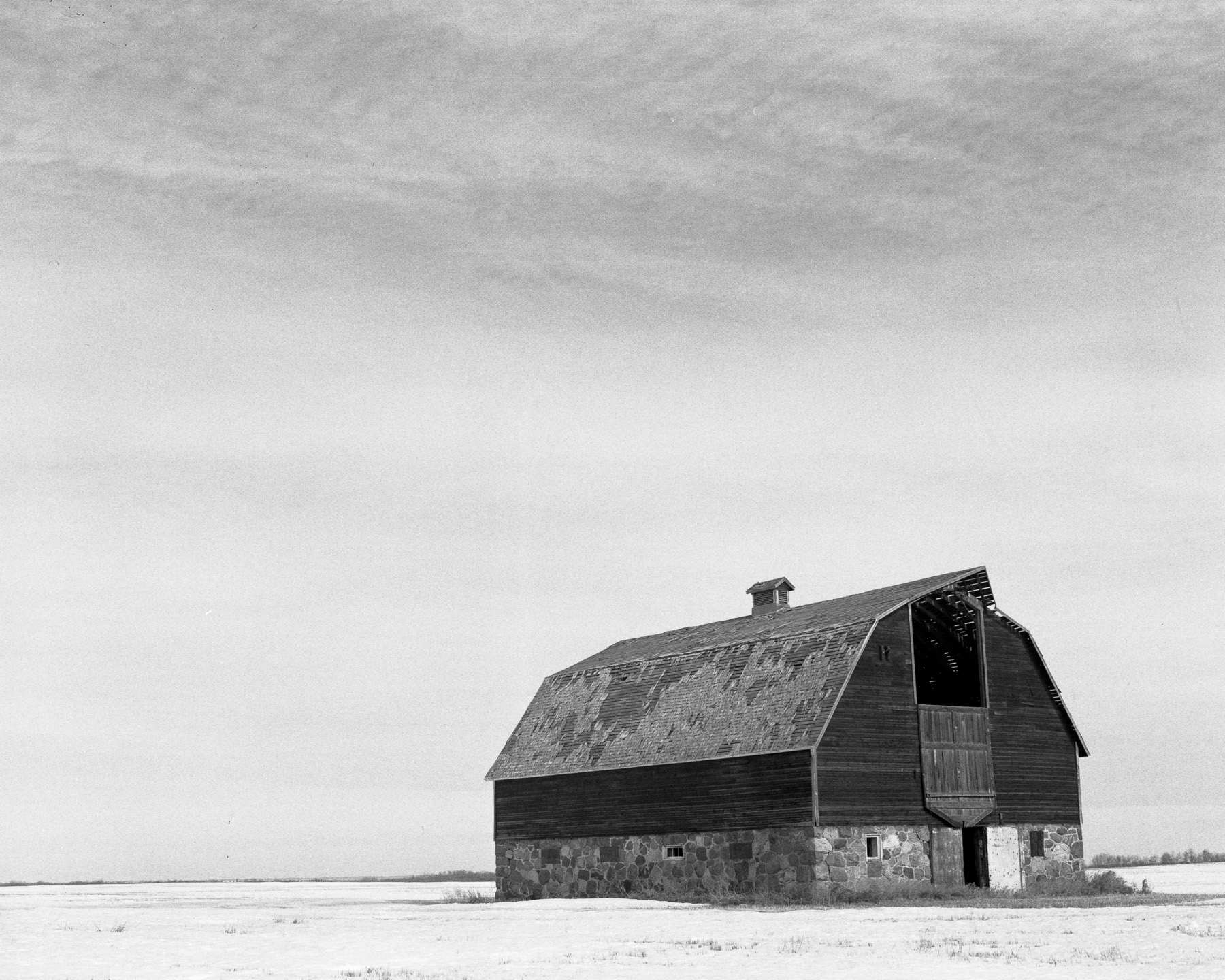
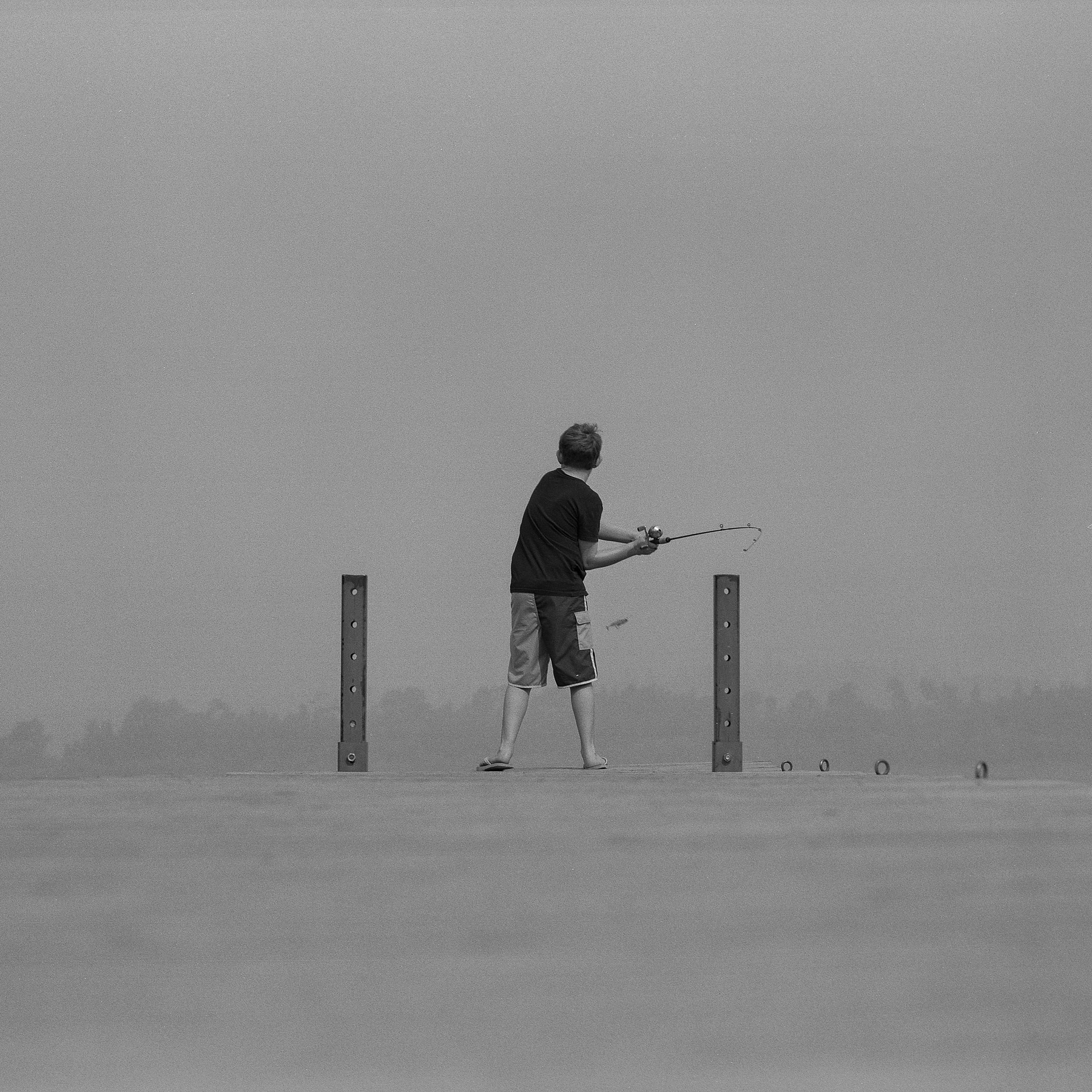
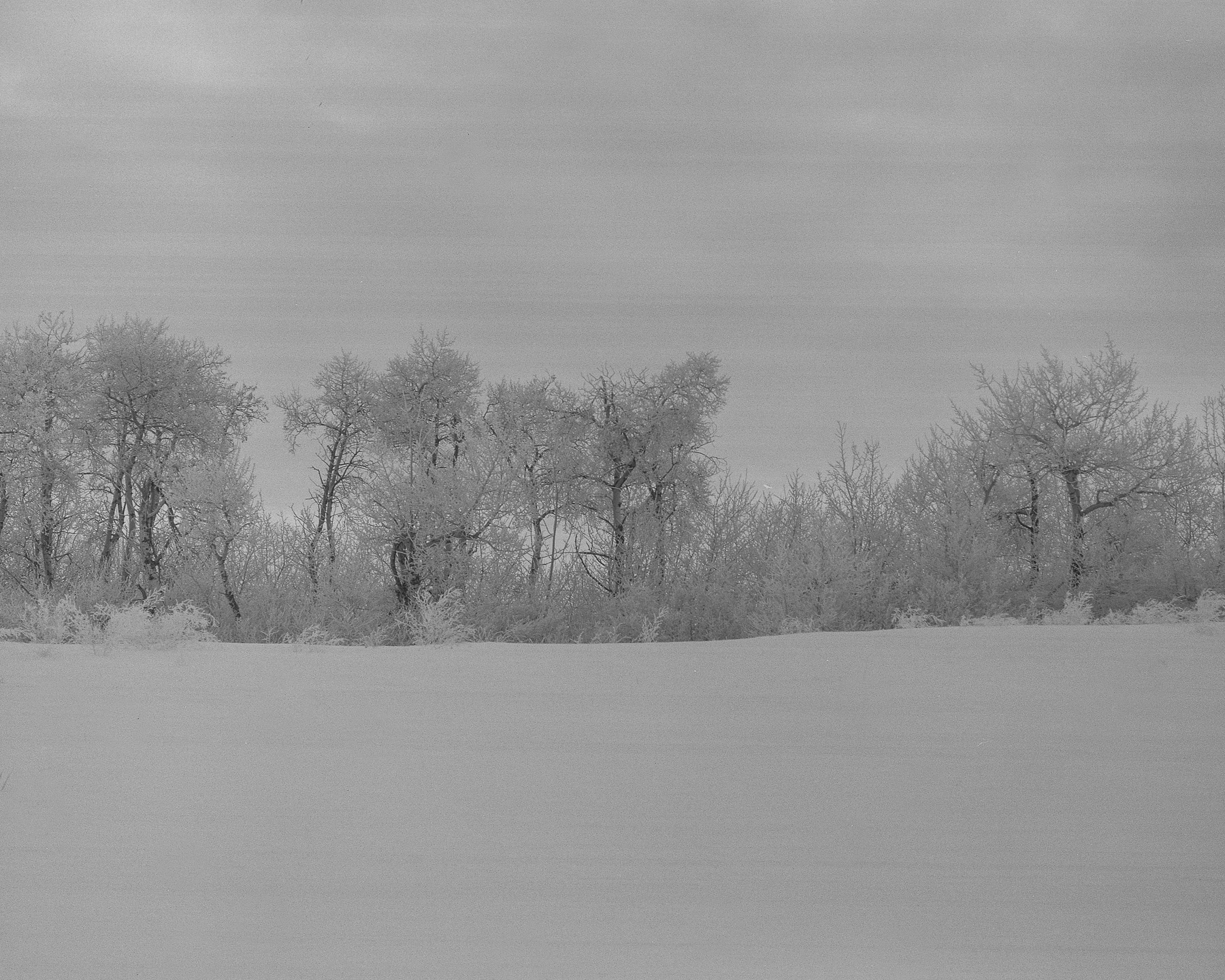
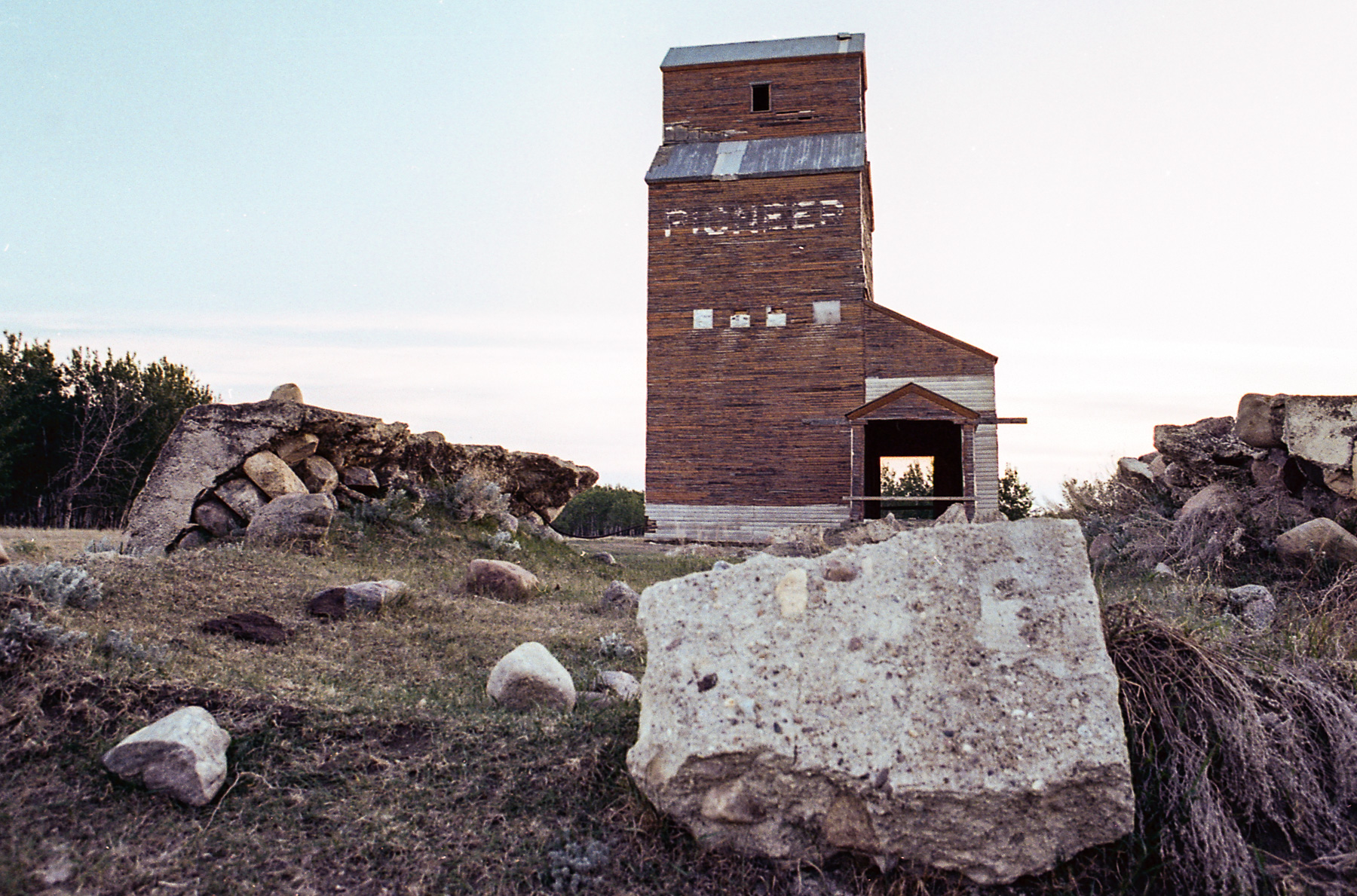
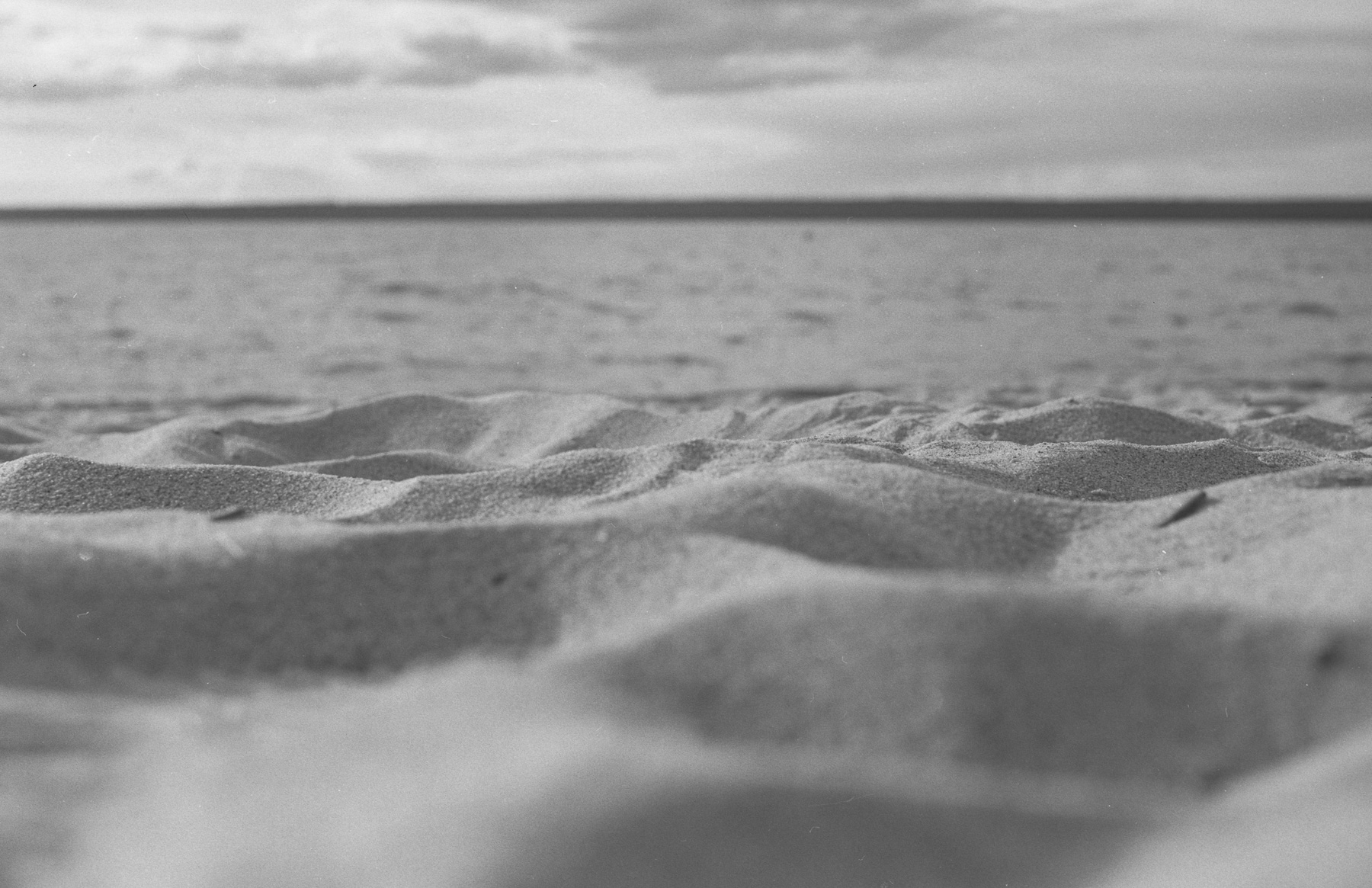
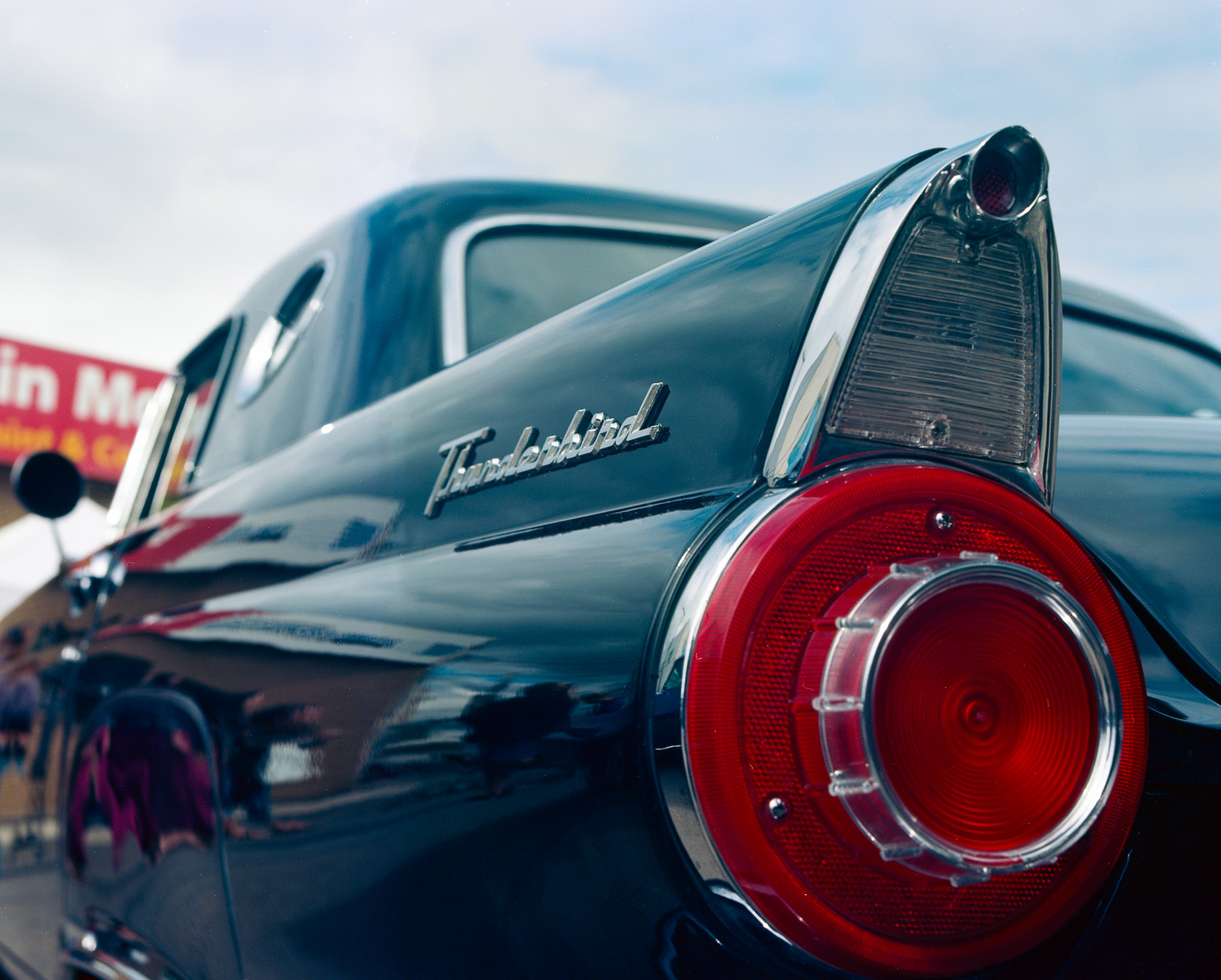



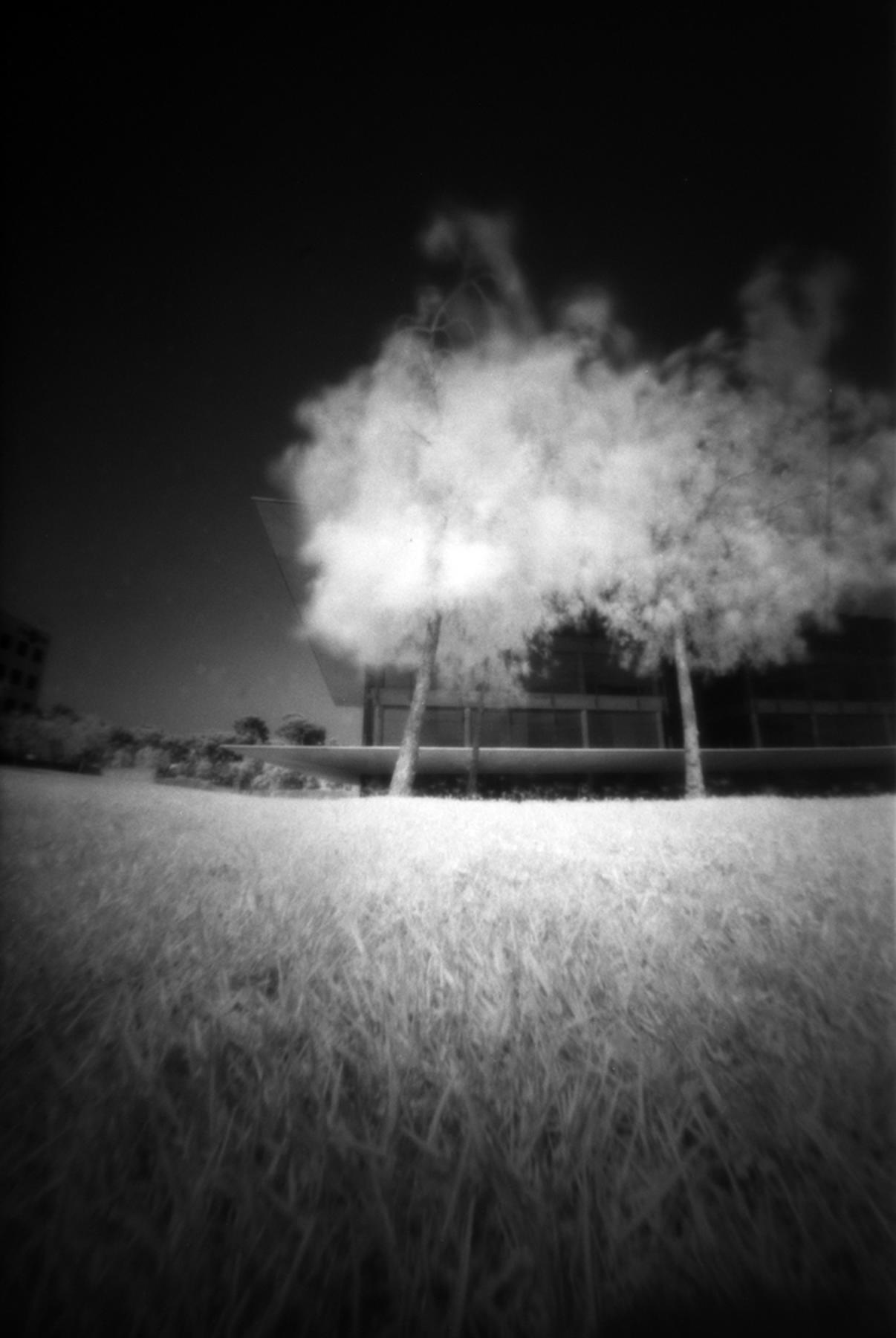







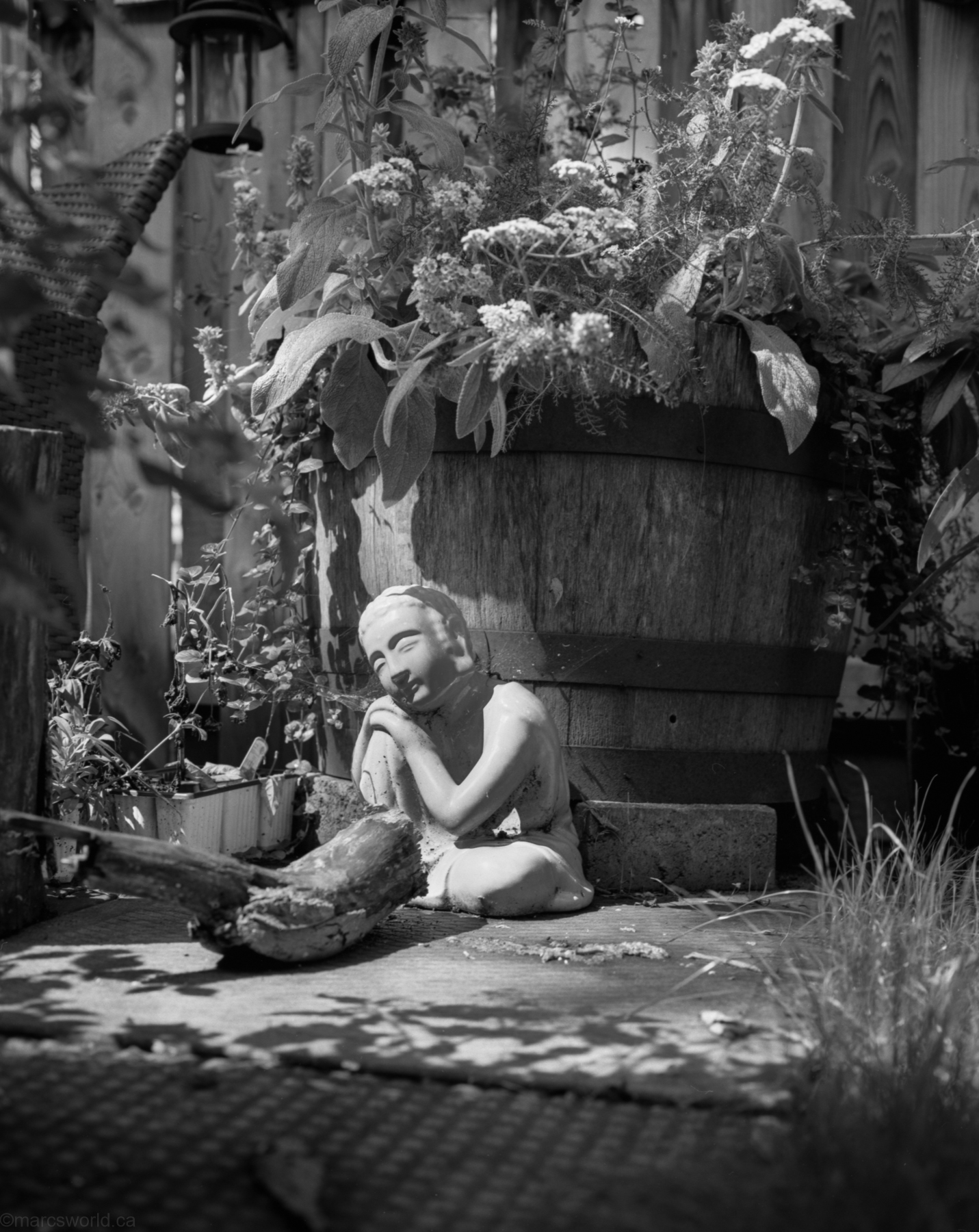
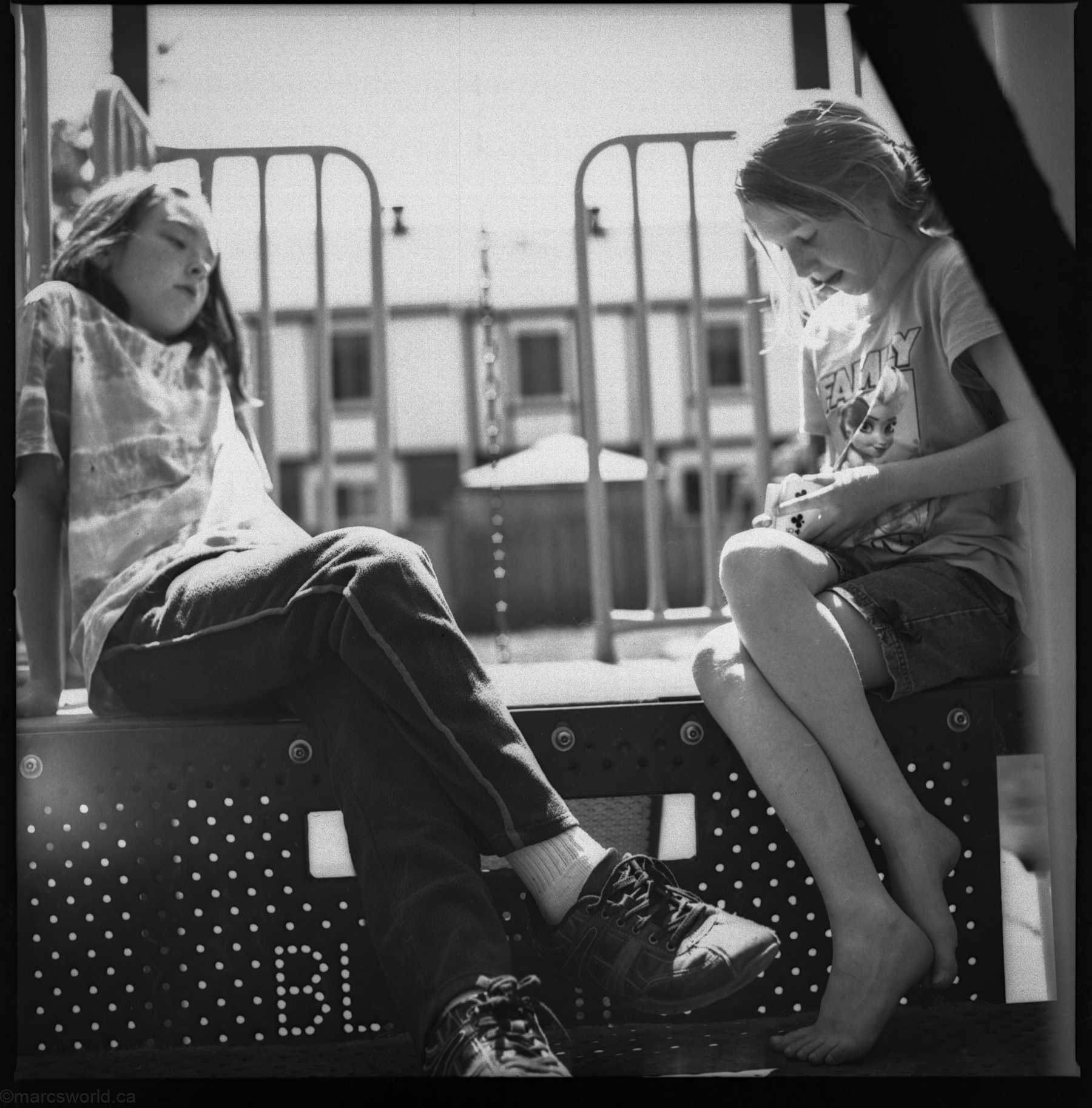
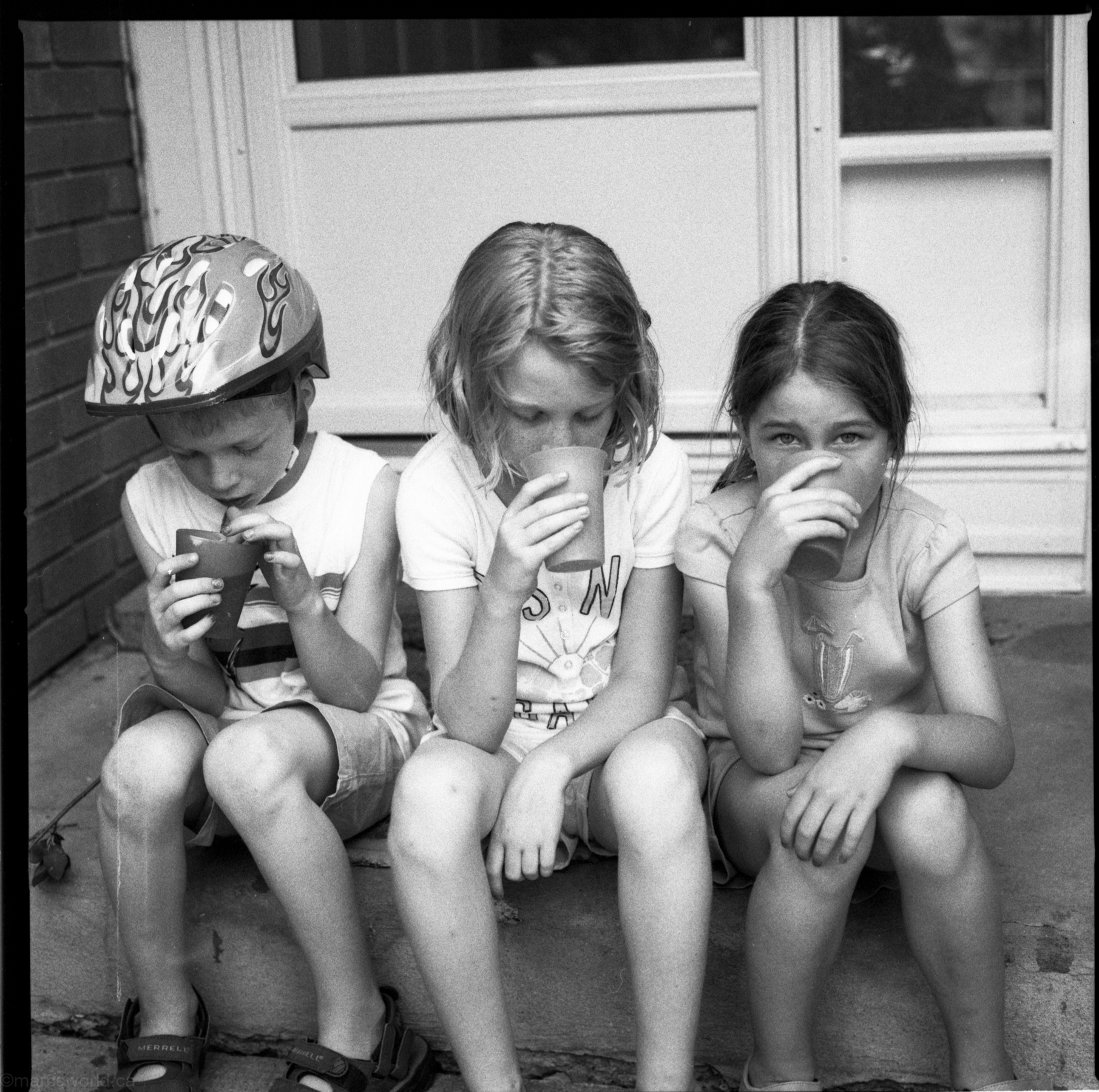
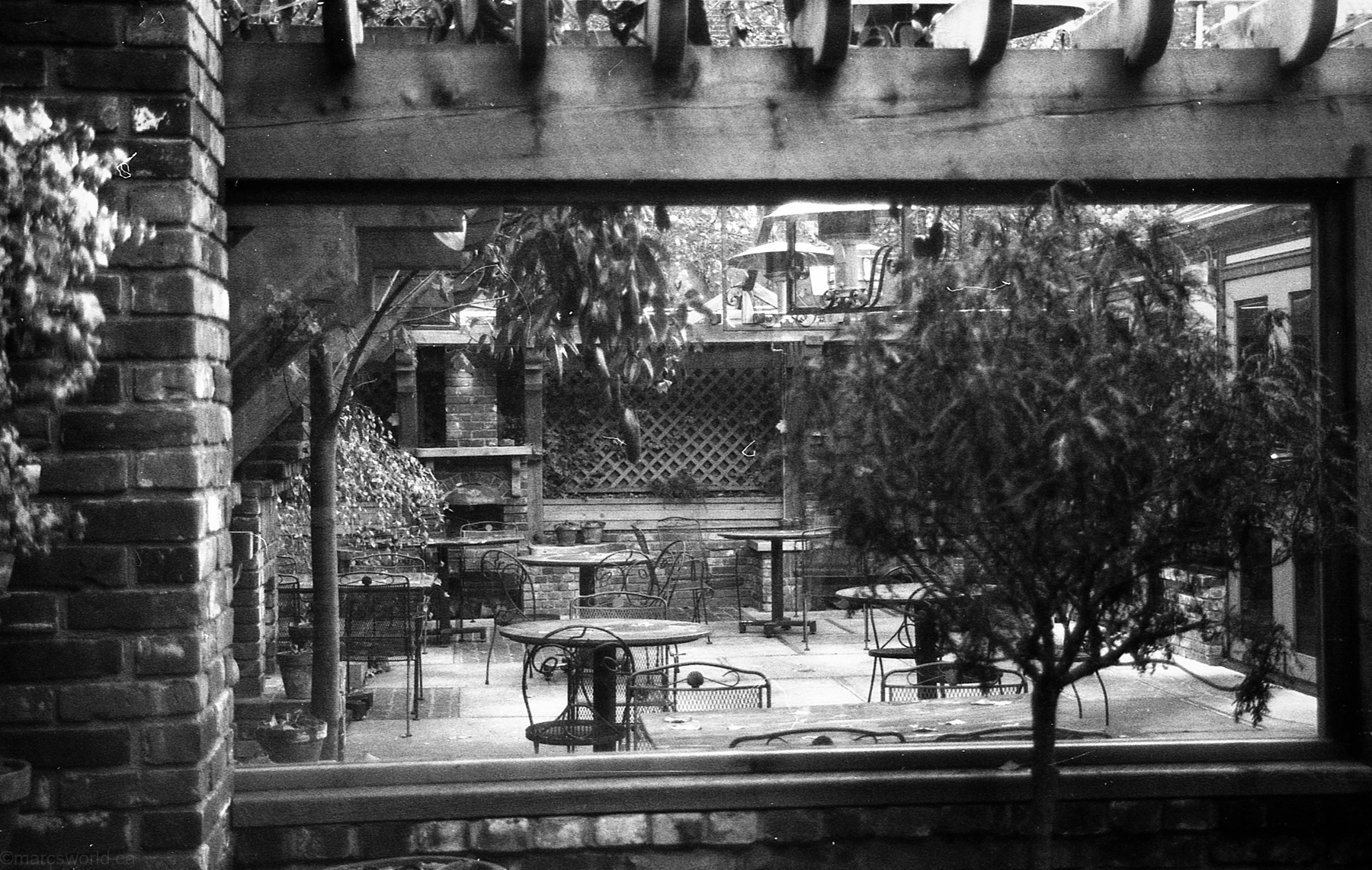
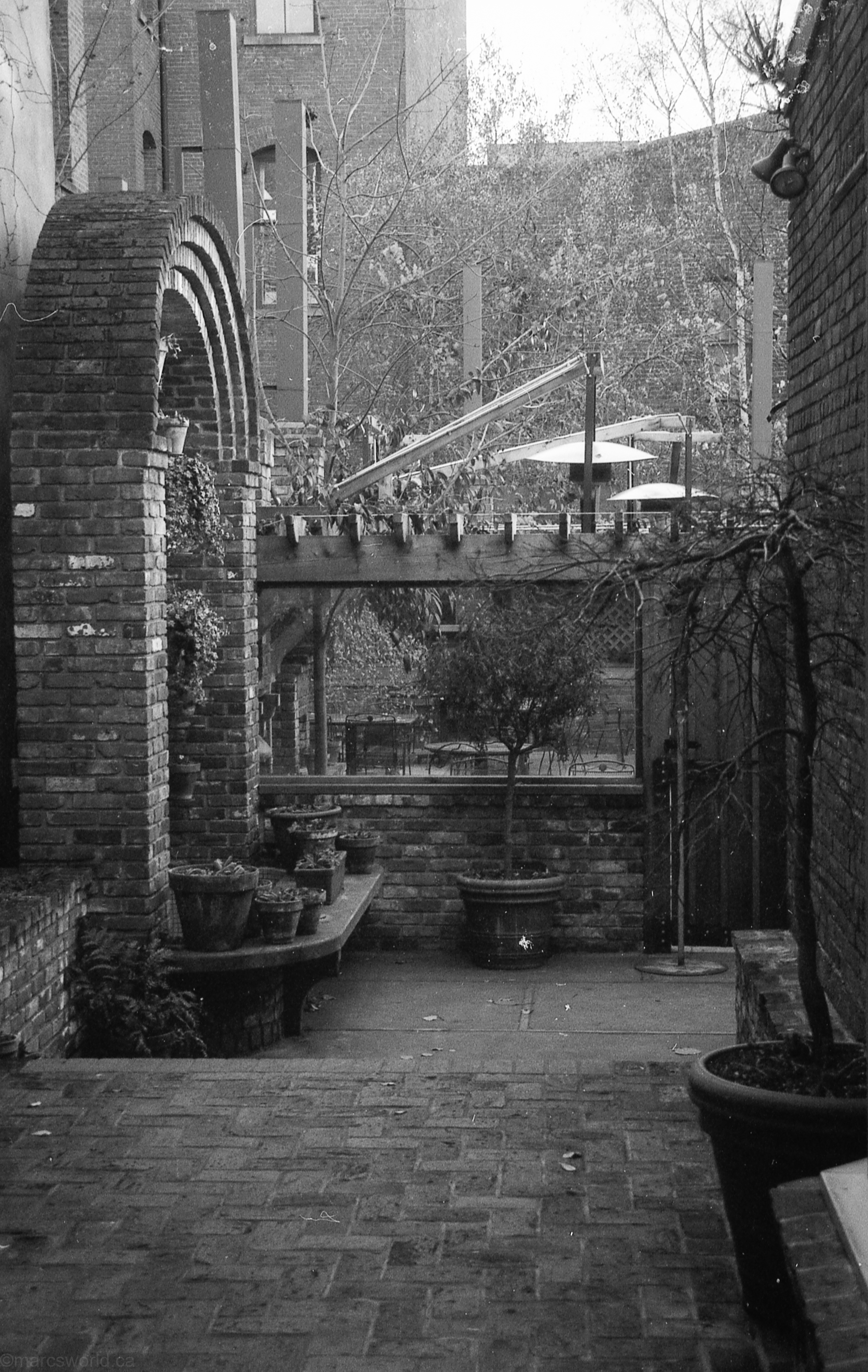

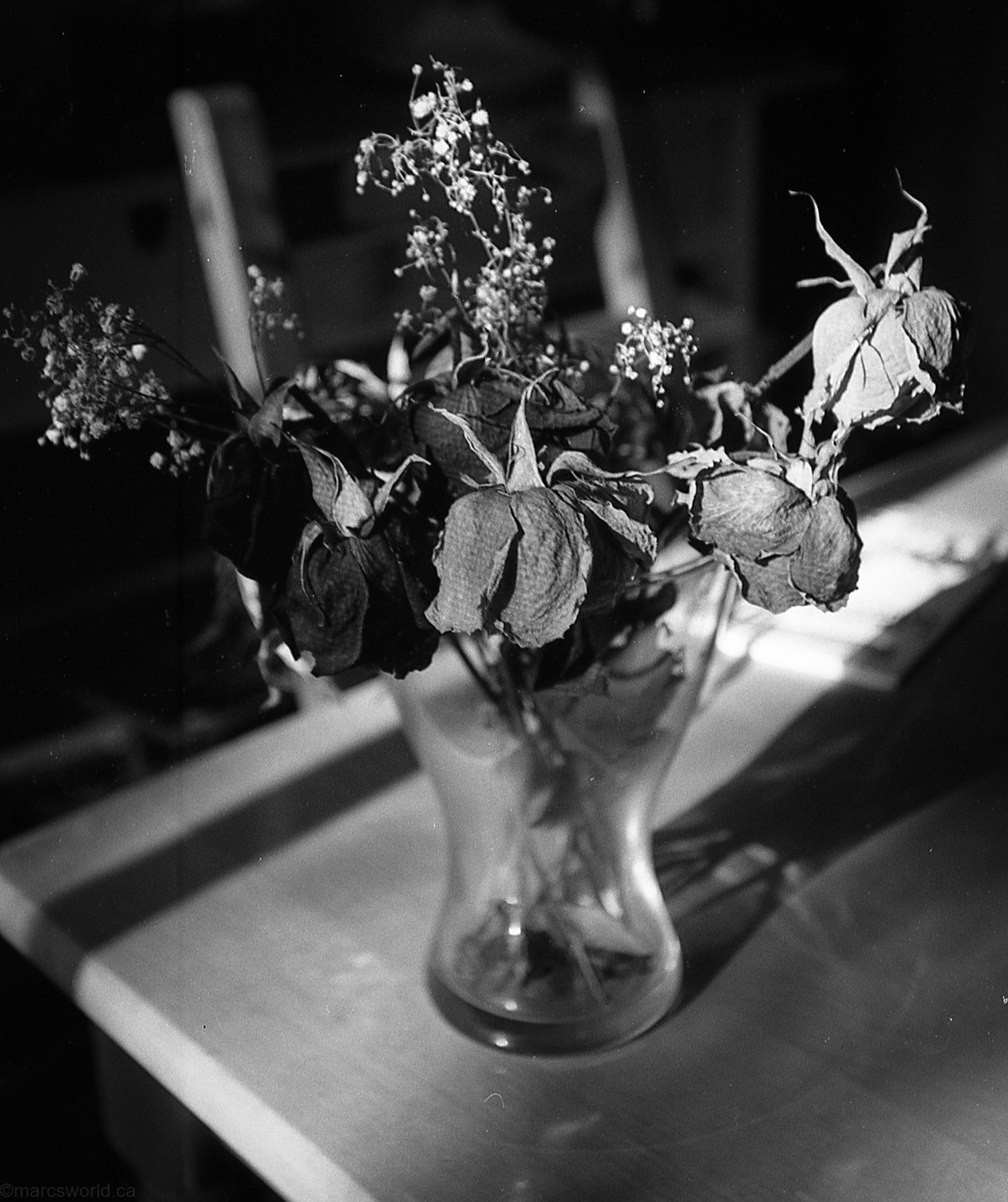
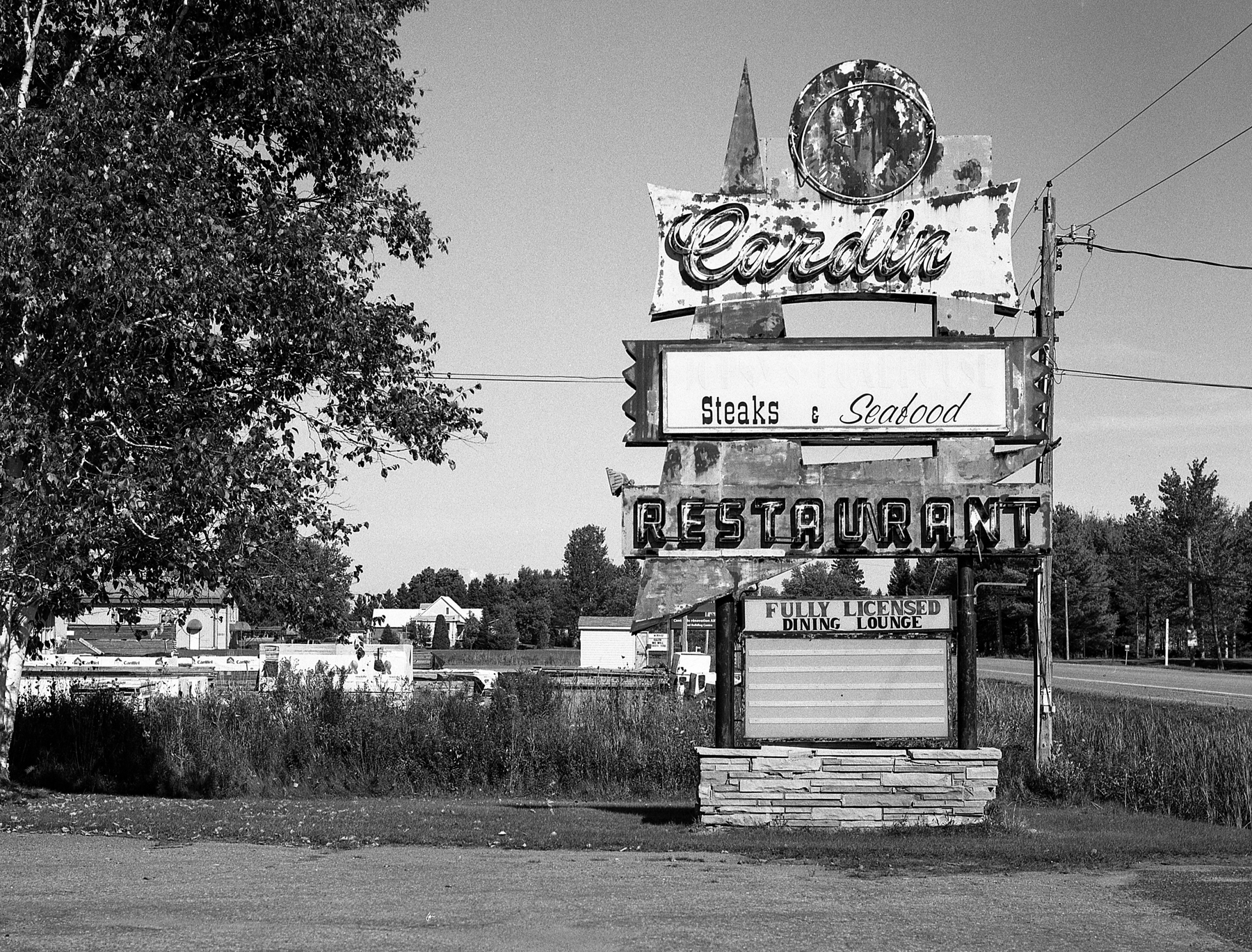

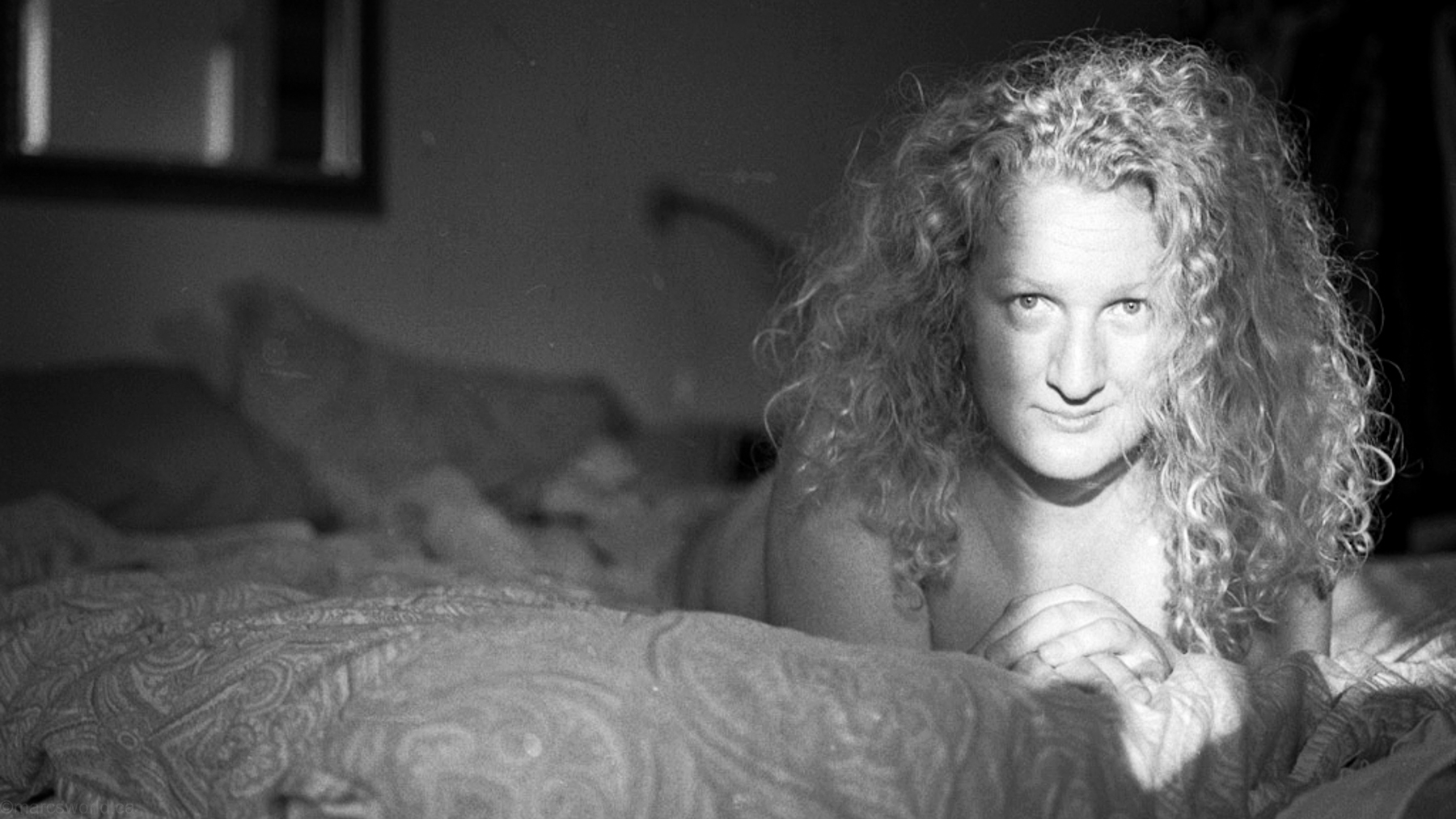


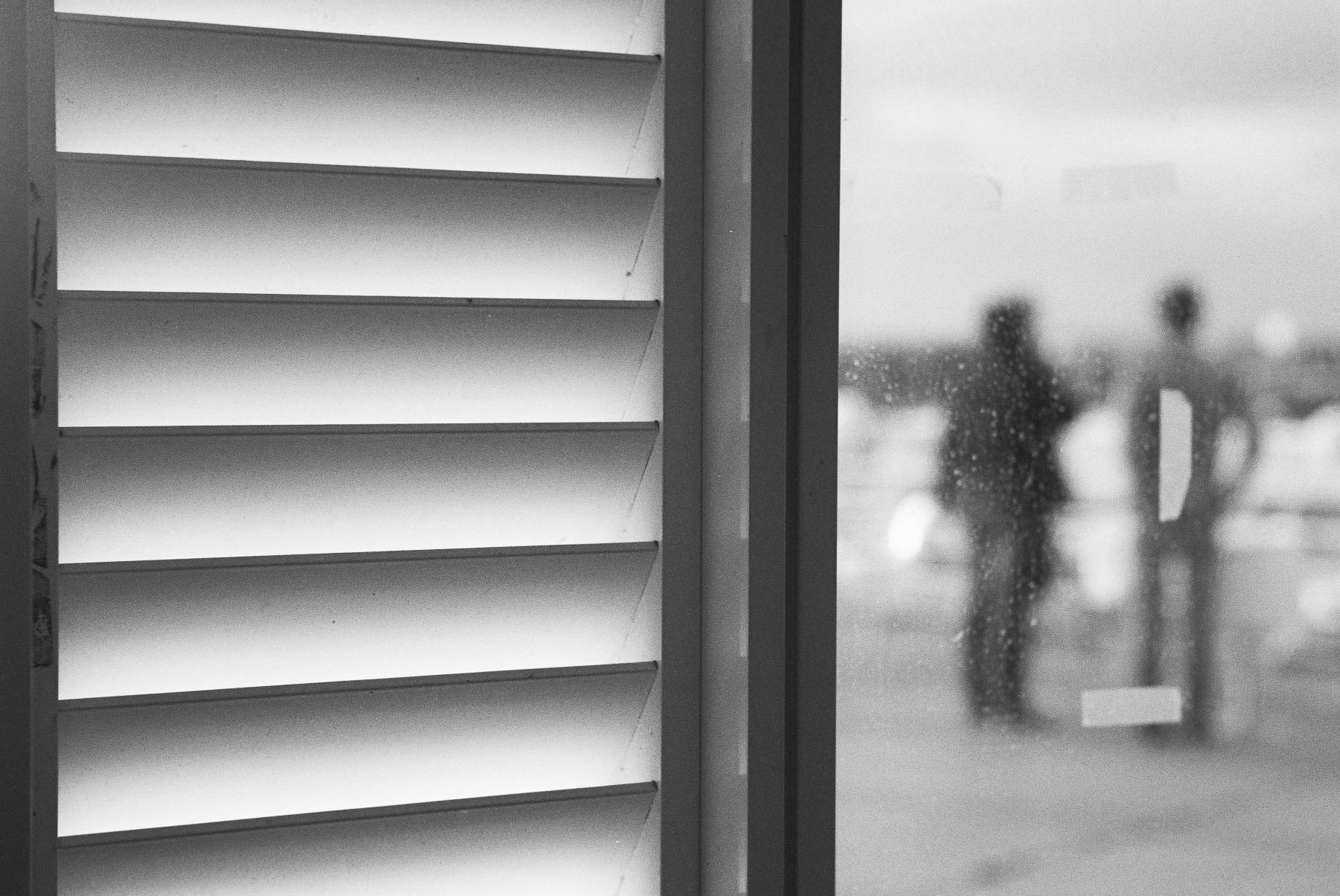
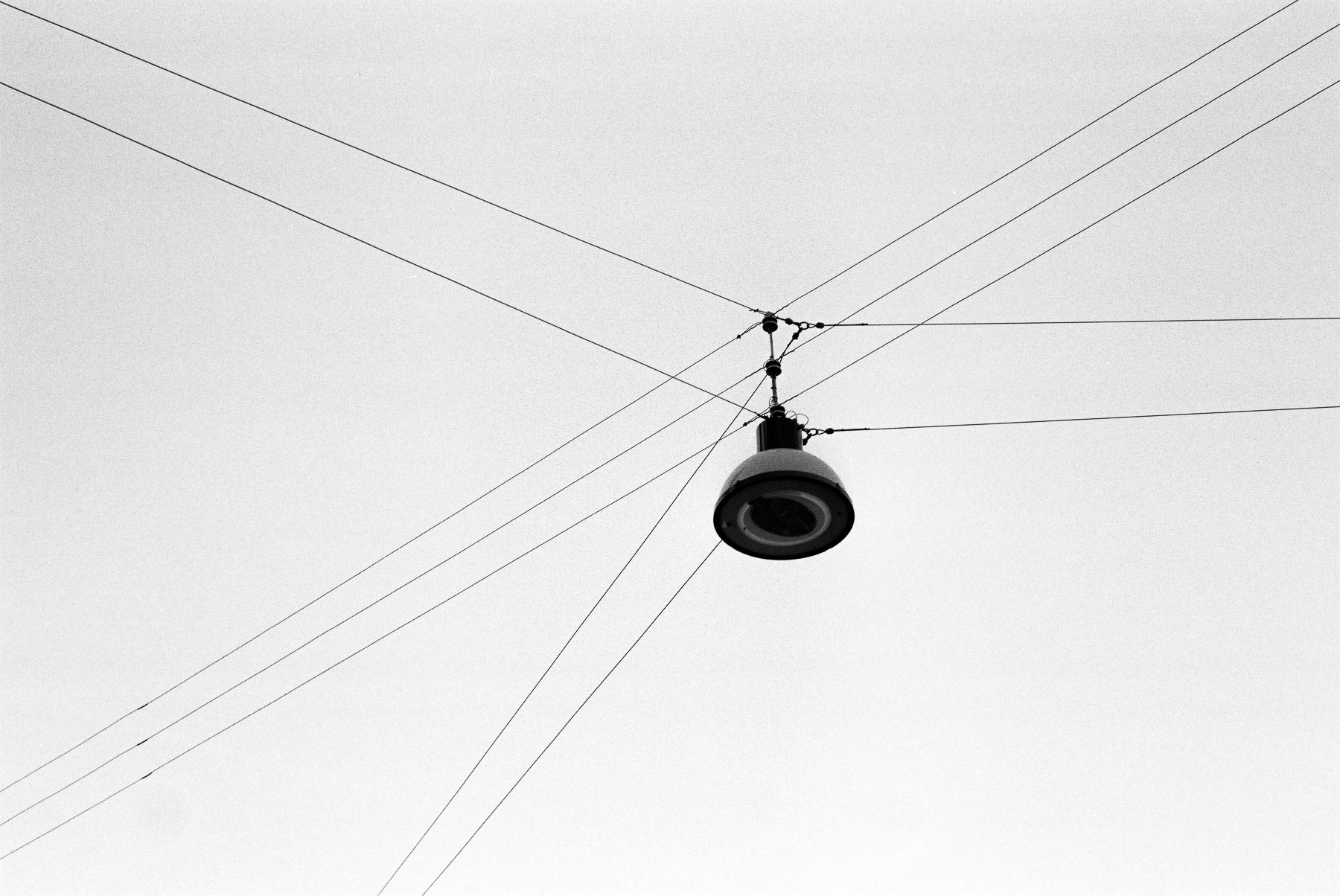
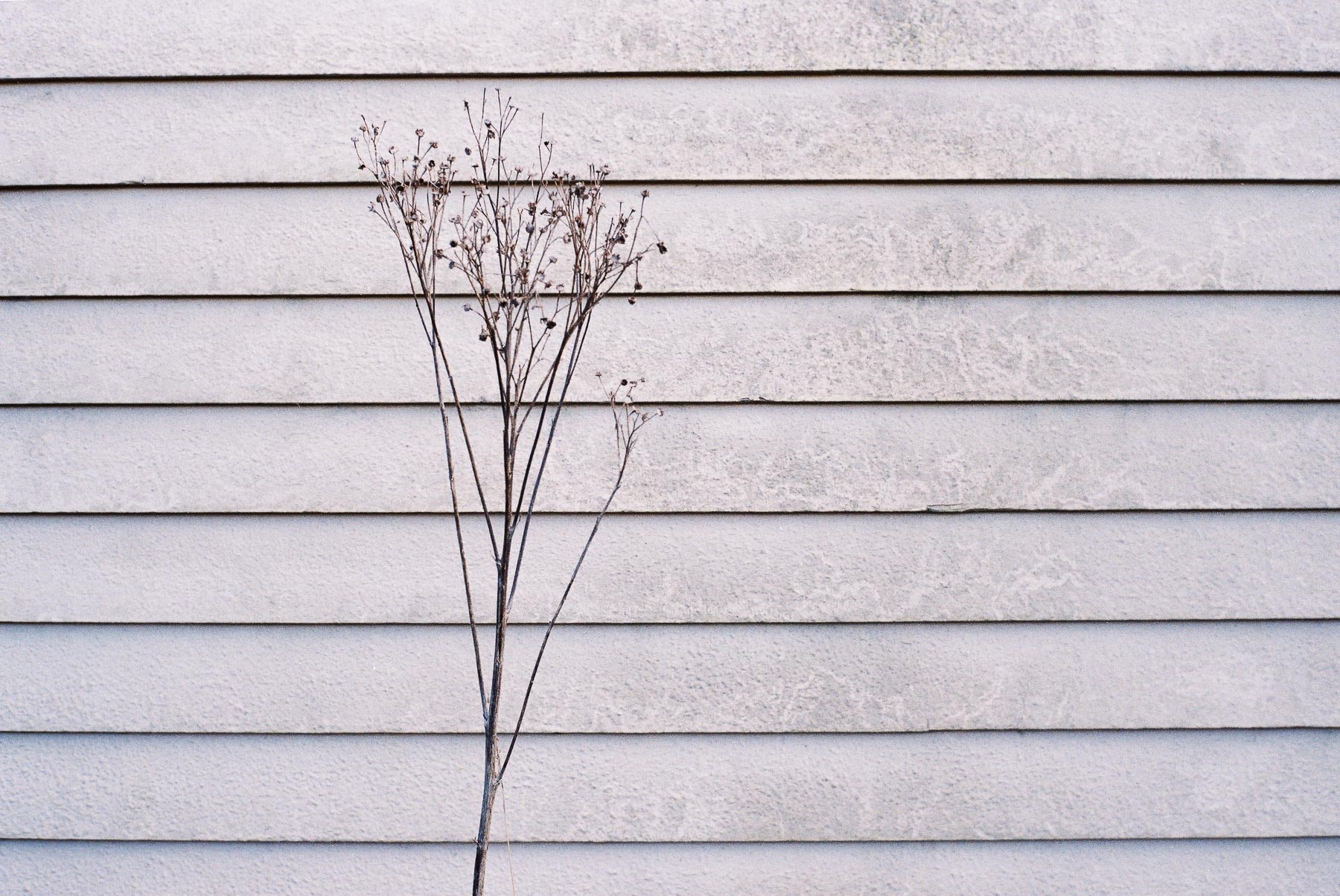
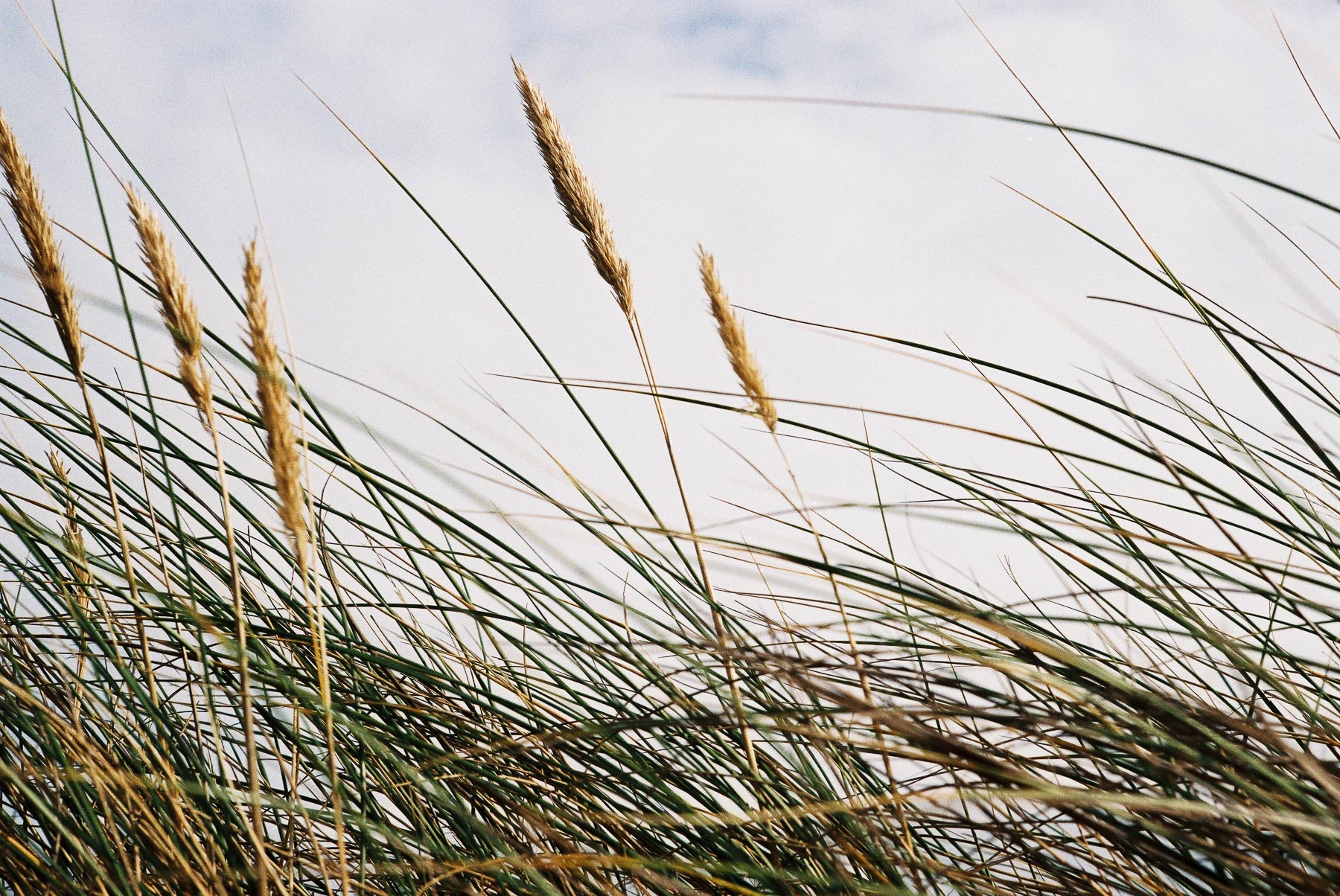
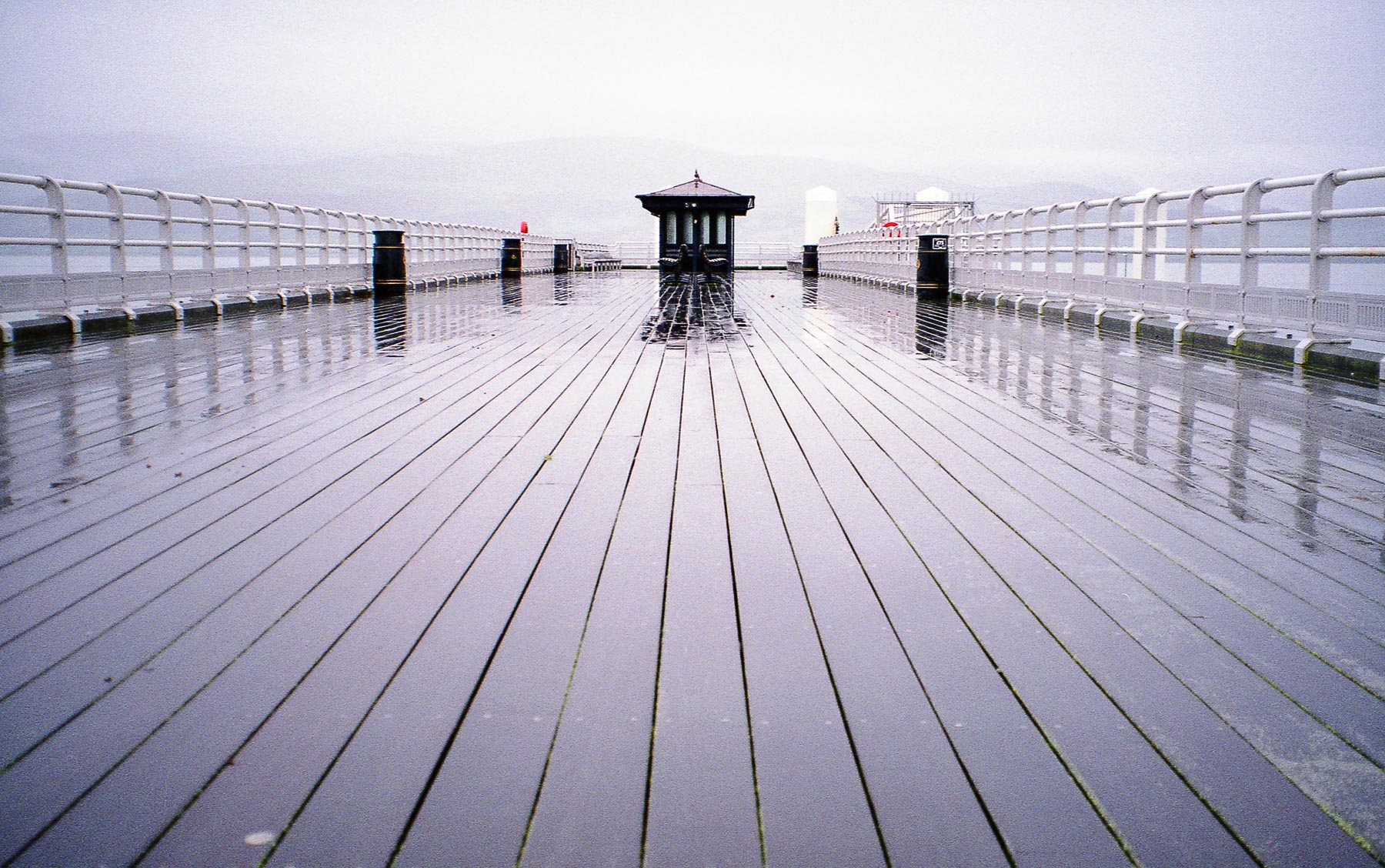
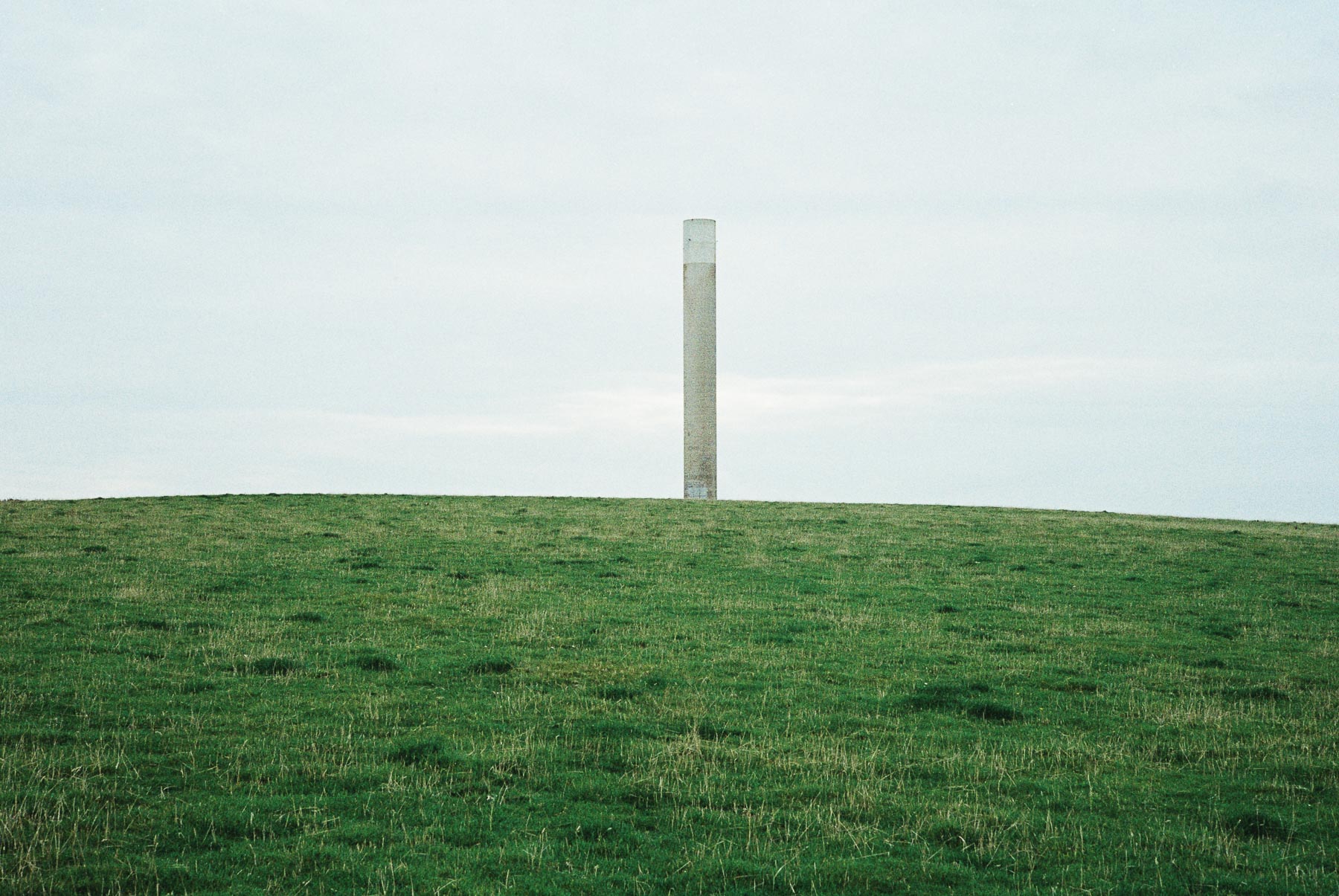
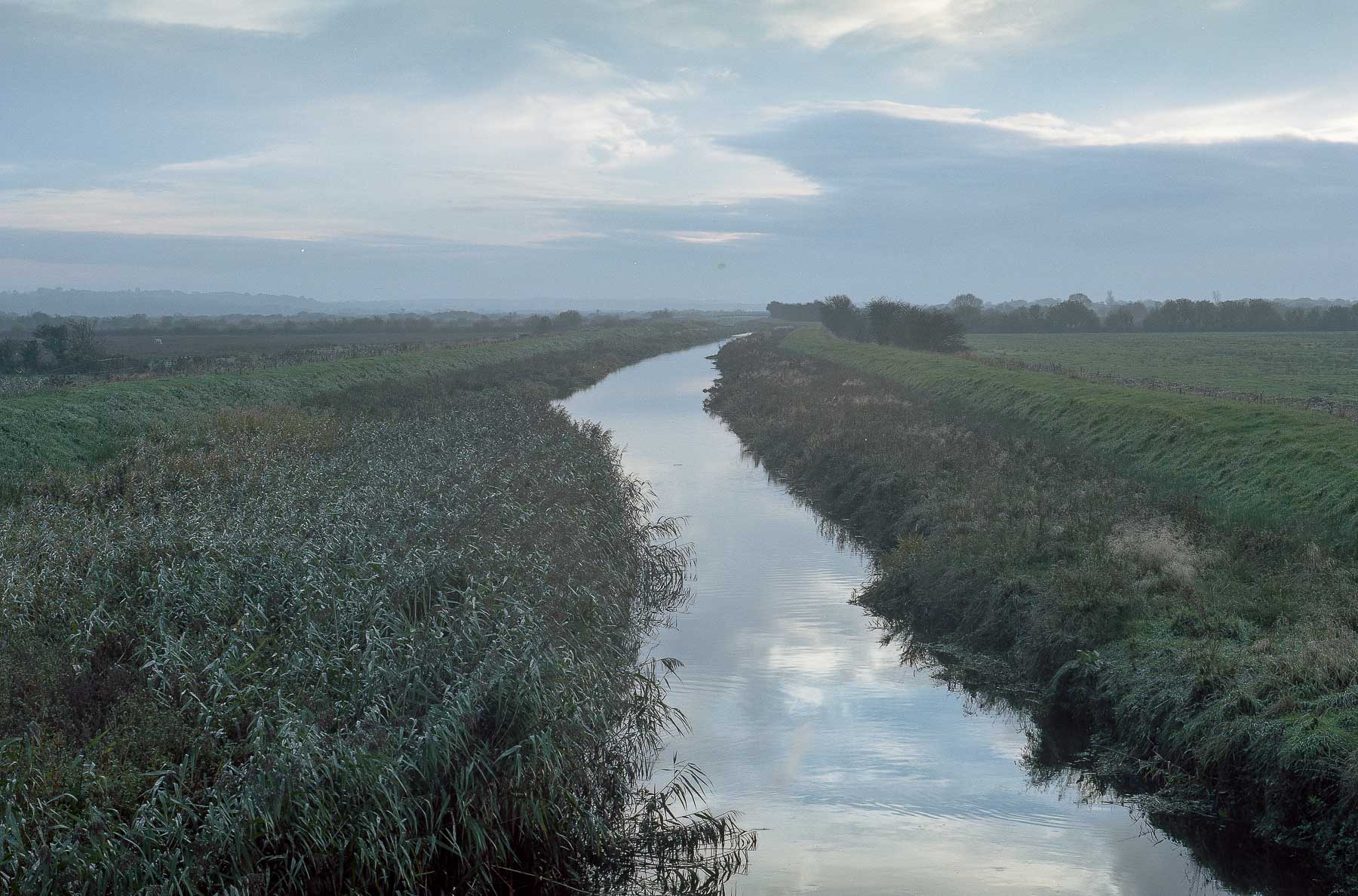
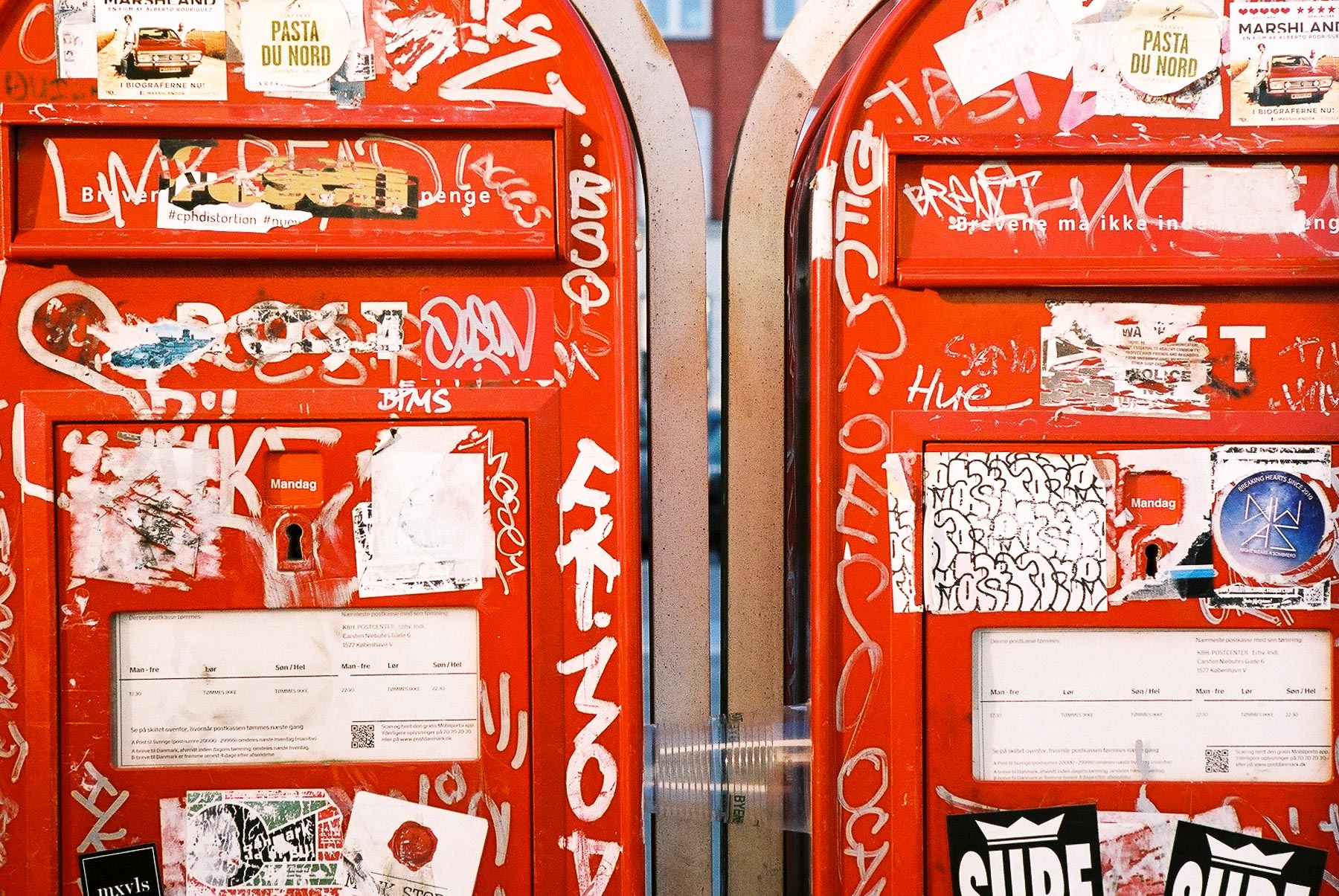
Konica’s Autoreflex T3 descended from their original Autoreflex single lens reflex which had the novel (and probably unique) feature of being able to switch from the full 35mm format to half frame at will mid-roll. Although the T3 does not share this ability, it’s still a solid, well made 35mm SLR that’s worth considering if an example presents itself to you at a keen price.